Ep 229: The Mystery of Pumapunku Part 2
“The Tiwanaku is the greatest Native American empire that many Americans have never heard of. Every time we find something that reflects the complexity of the society, it adds to our deeper knowledge of the origins of complex societies worldwide.”
Description:
In tonight's Part Two of our series, we continue with the "Why?" of Tiwanaku and Pumapunku. As in, why was it all built? Why did Tiwanaku society spend so much effort and resources on it, and what did it mean to them? We then transition to the "How?" such a monumental architectural and cultural feat could be accomplished. What craftsmanship skills and construction technology did they possess to erect structures that continue to baffle present-day archaeologists and engineers? Could an organic technique of creating geopolymers, or essentially a type of concrete, explain the precise geometric shapes attained? Or was it a combination with a lost art of stone softening and shaping to achieve such exact tolerances? Perhaps they were just some of the best stonemasons in the world, with modern-quality chisels, drills, saws, and generations of labor at their disposal? And how did they come by their craft, through observation of nature and technical evolution, or some otherworldly source? We'll ask our good friend, Chemical Engineer Dr. Chris Cogswell, Ph.D., of The Mad Scientist Podcast, about the theoretical possibilities of ancient formulations as it applies to material sciences and their implications. Finally, we'll speculate on hypotheses and one aspect of the Tiwanaku enigma that is no less important than studying its stones – the legends and the beliefs that sparked its creation. For it is the folklore and spirituality of a culture that echoes through the ages, adding wonder about the mystery of Pumapunku.
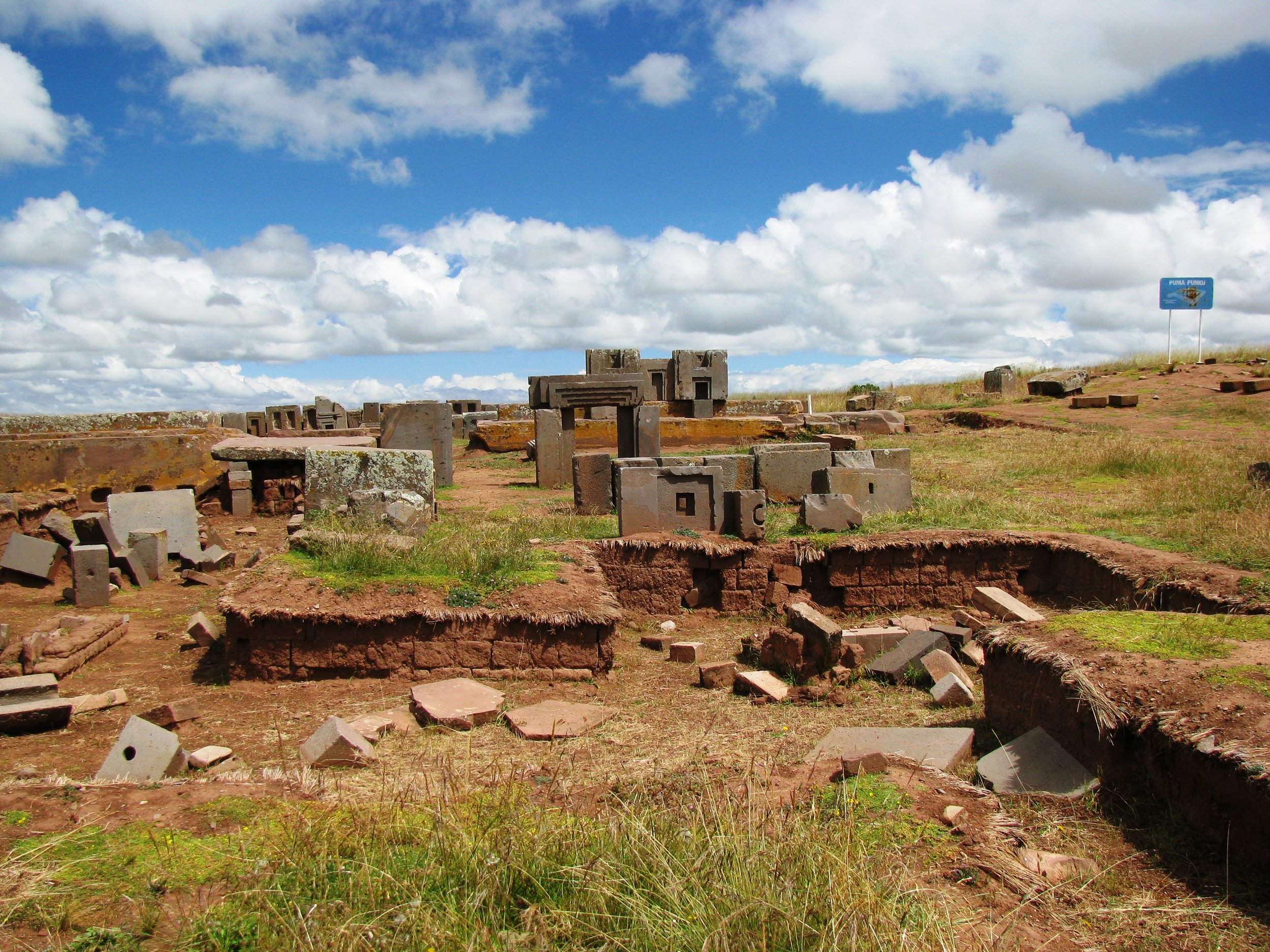
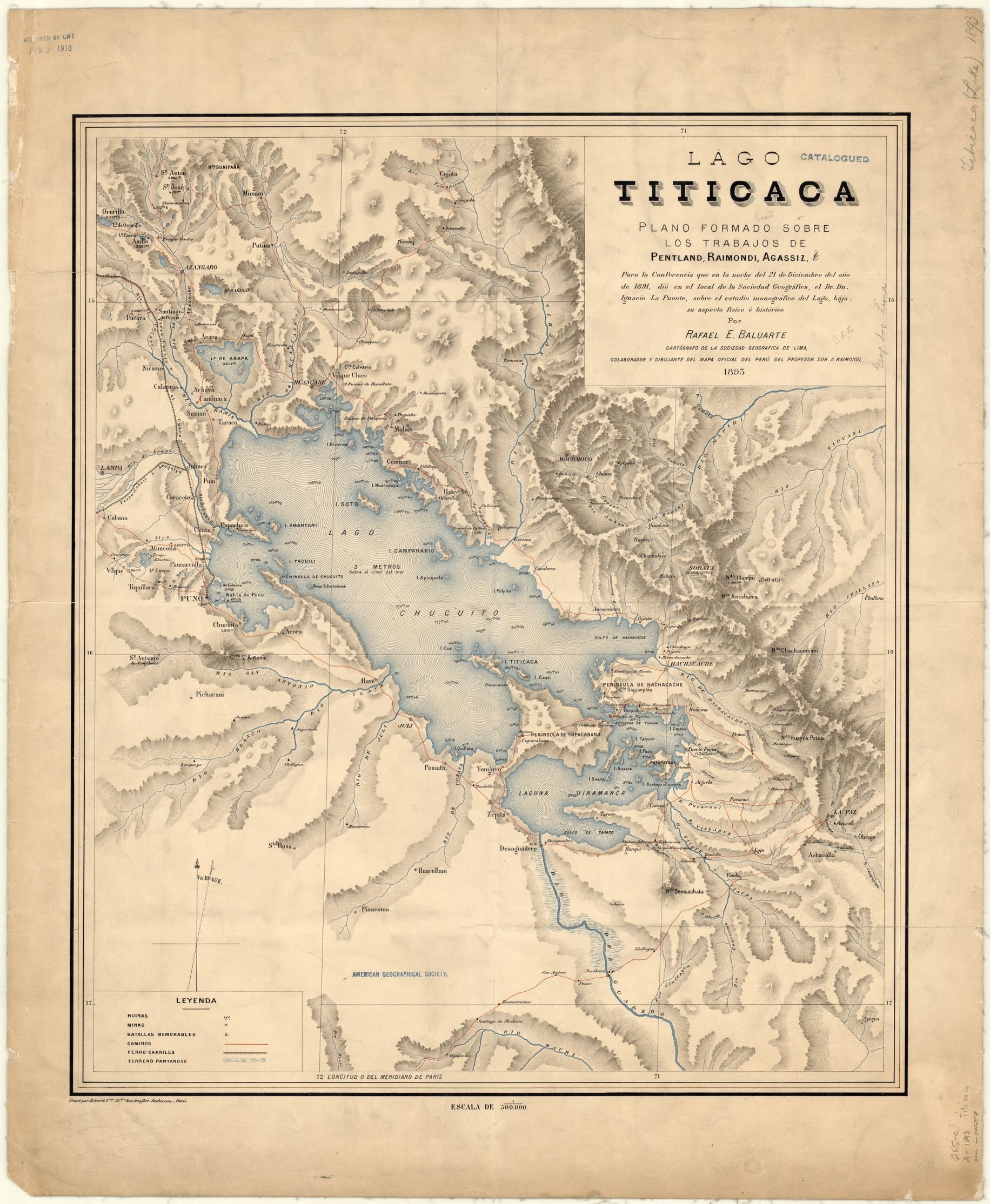
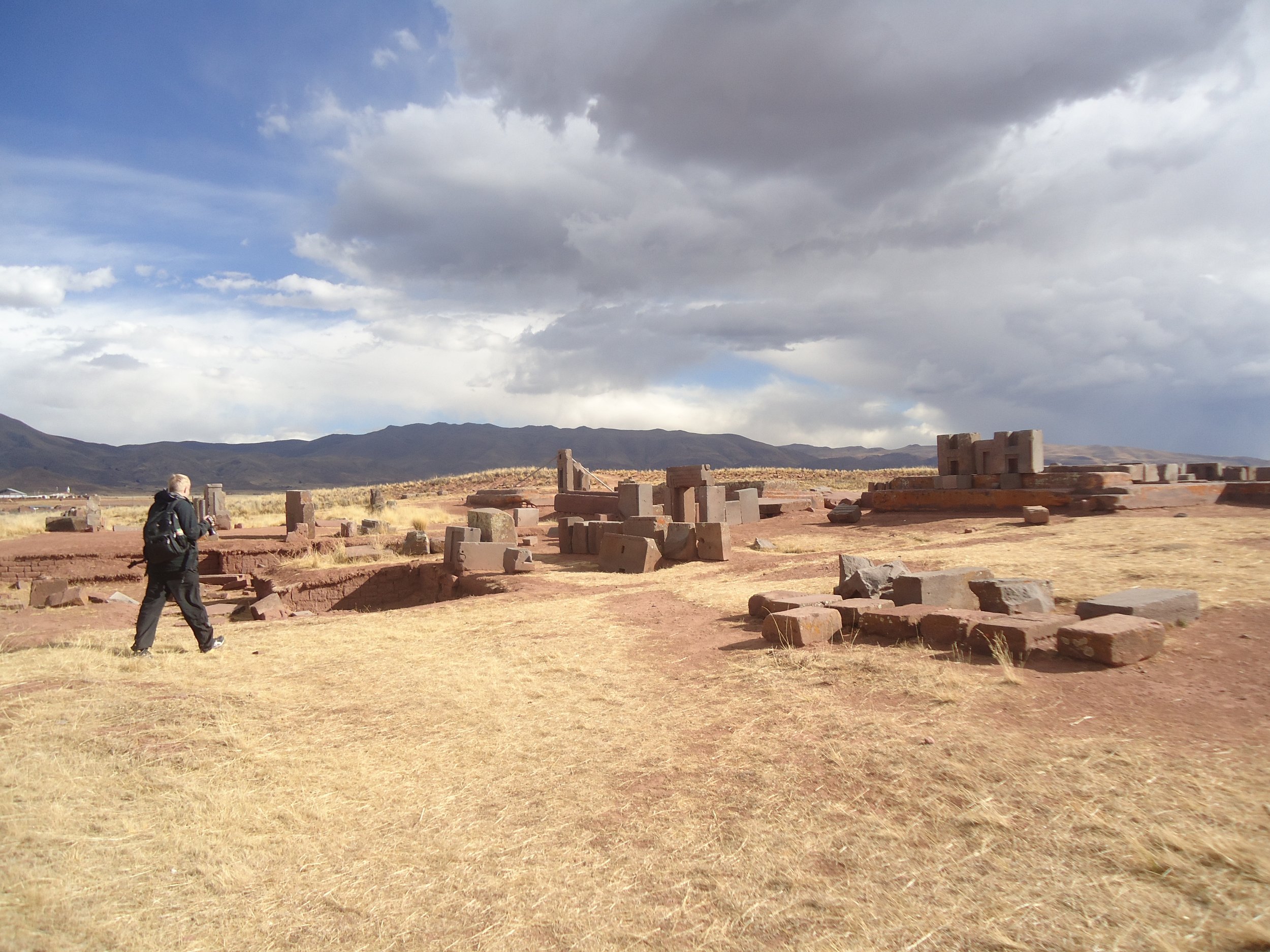
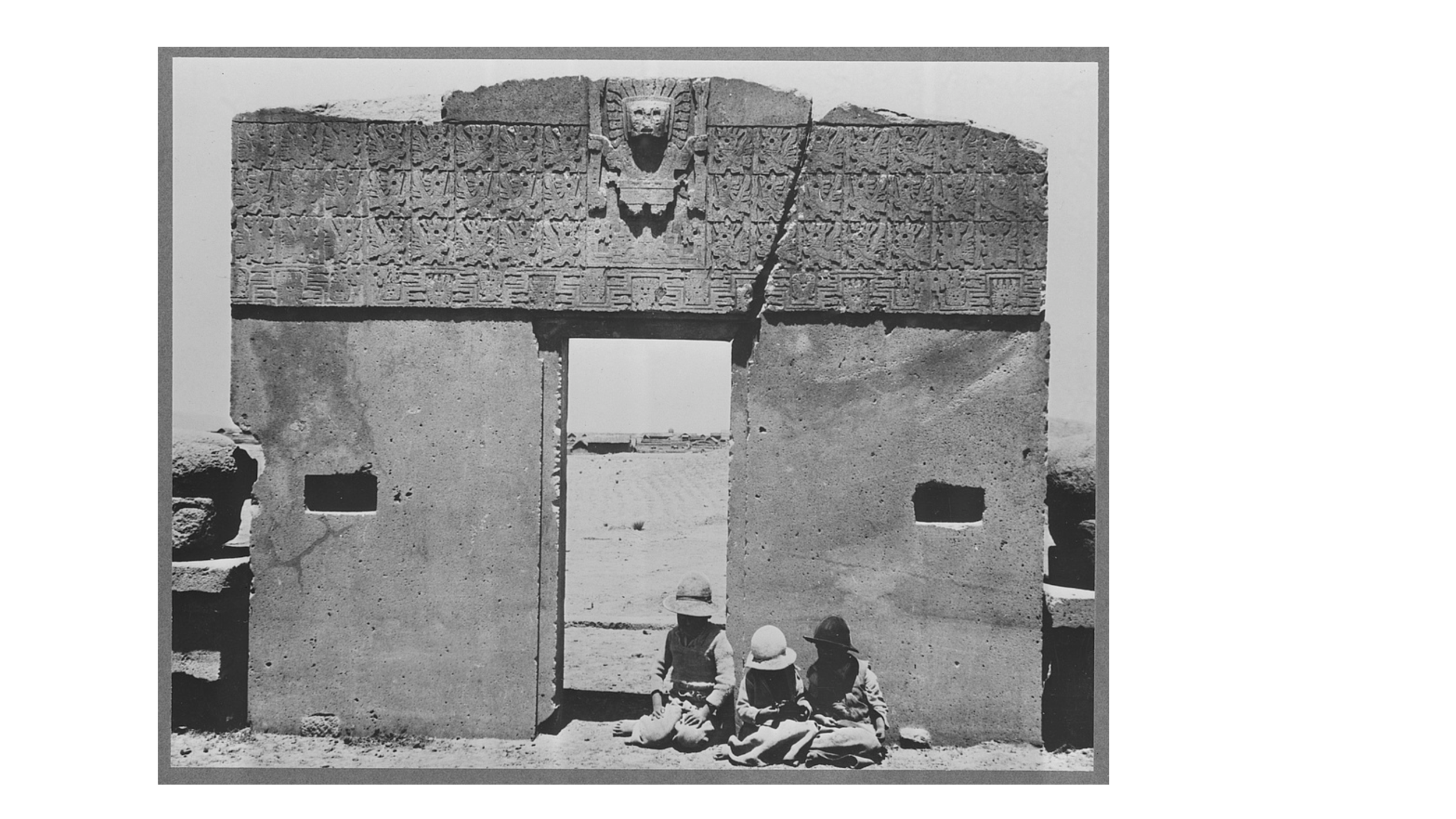
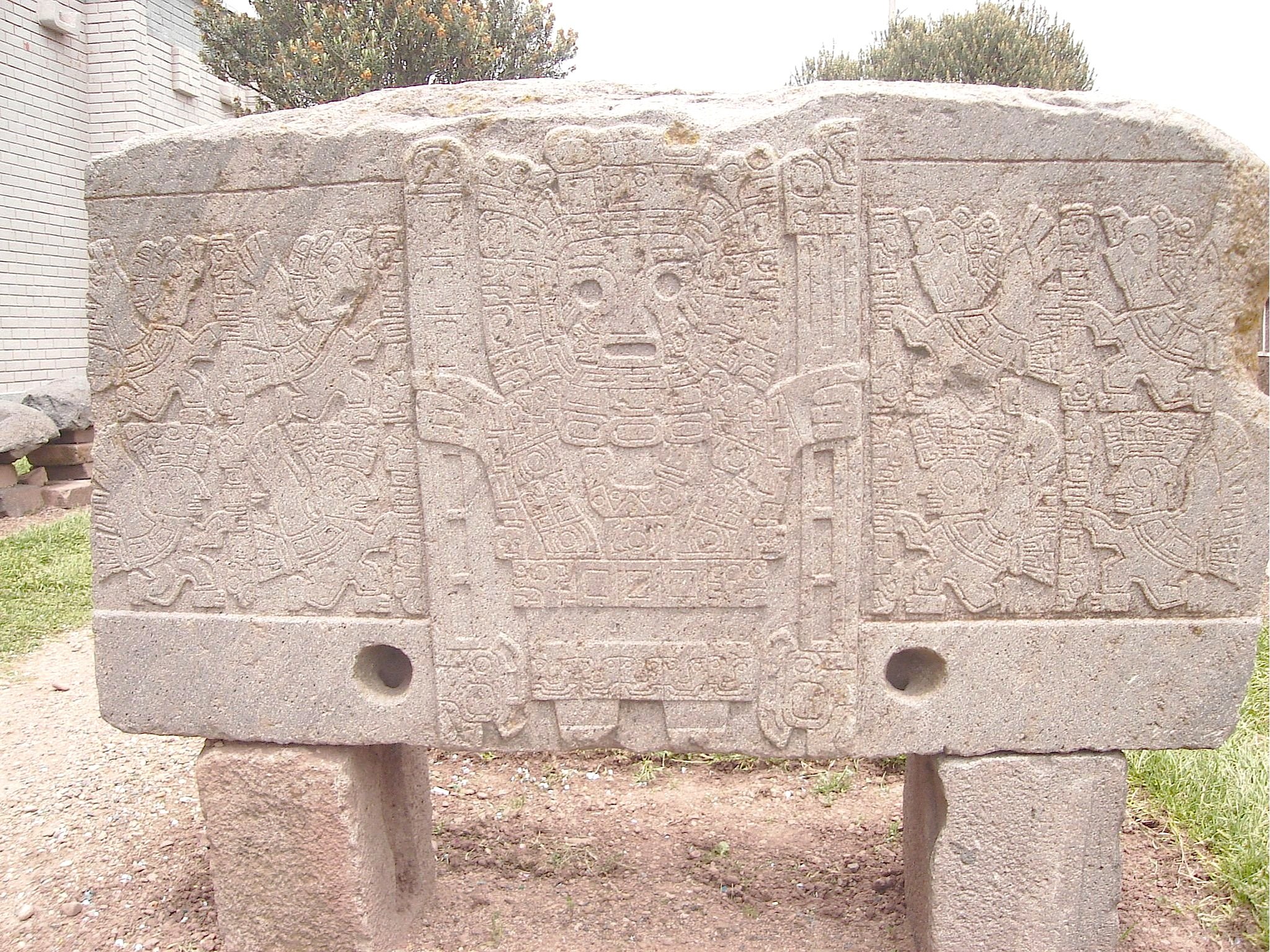
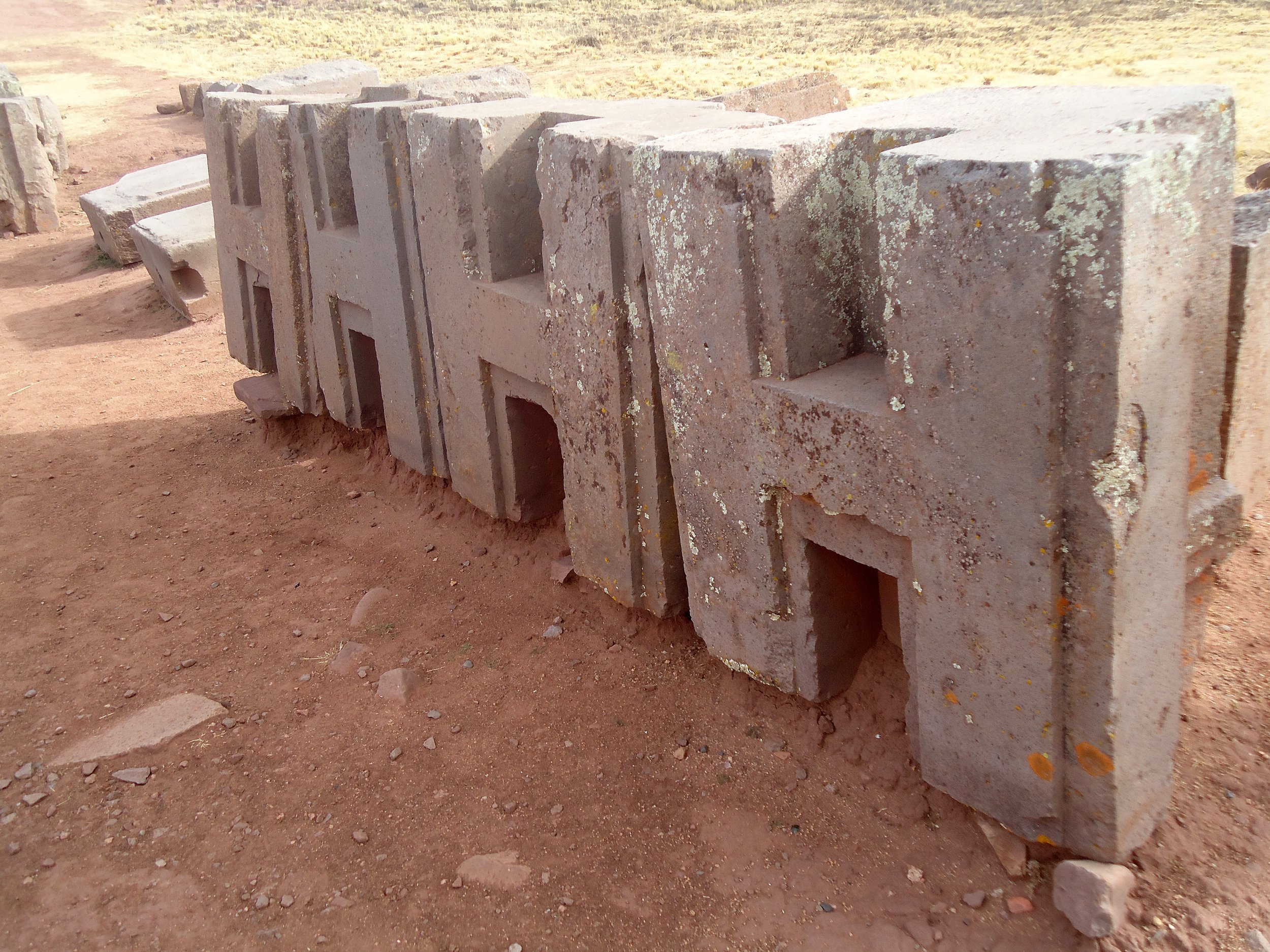
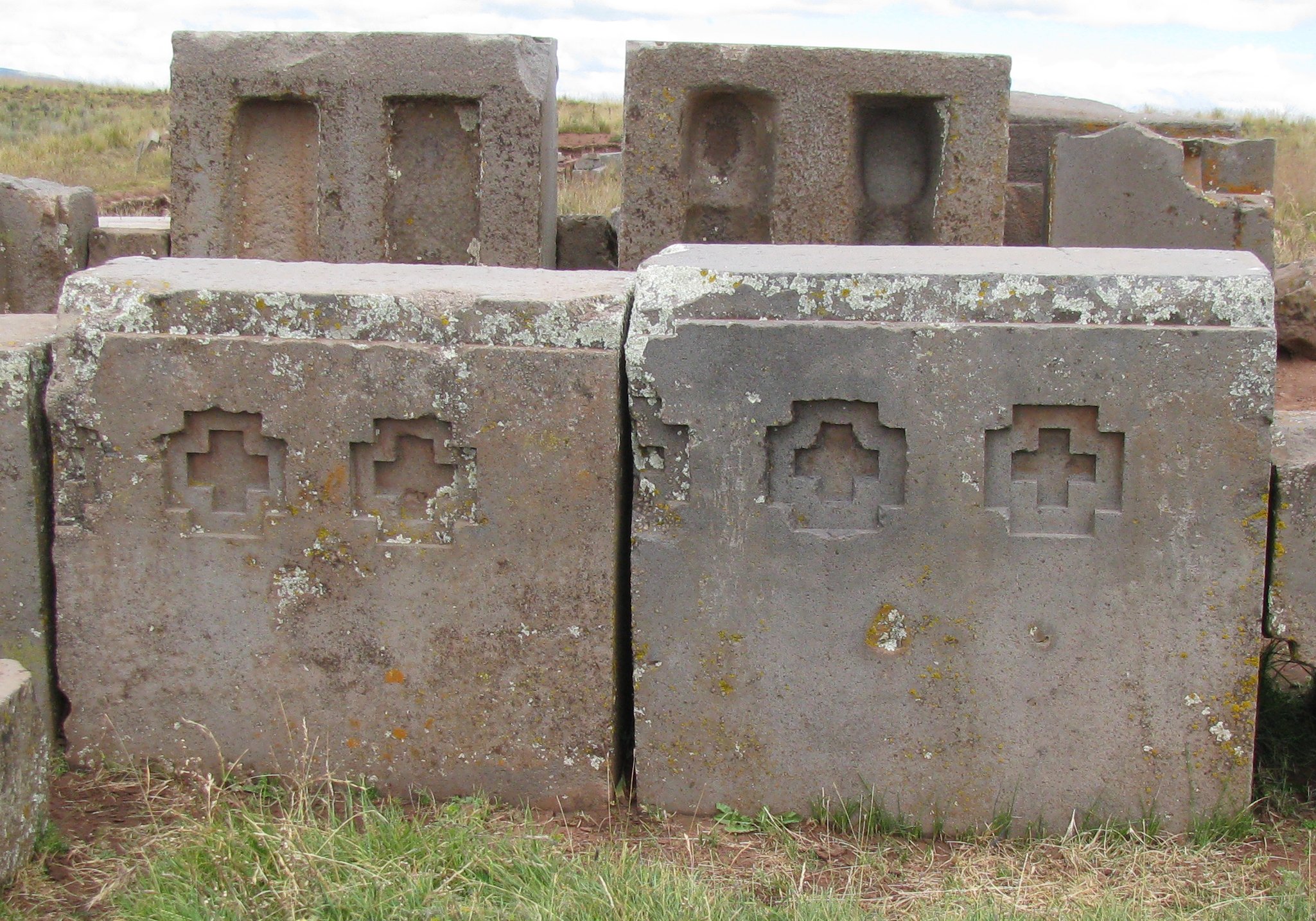
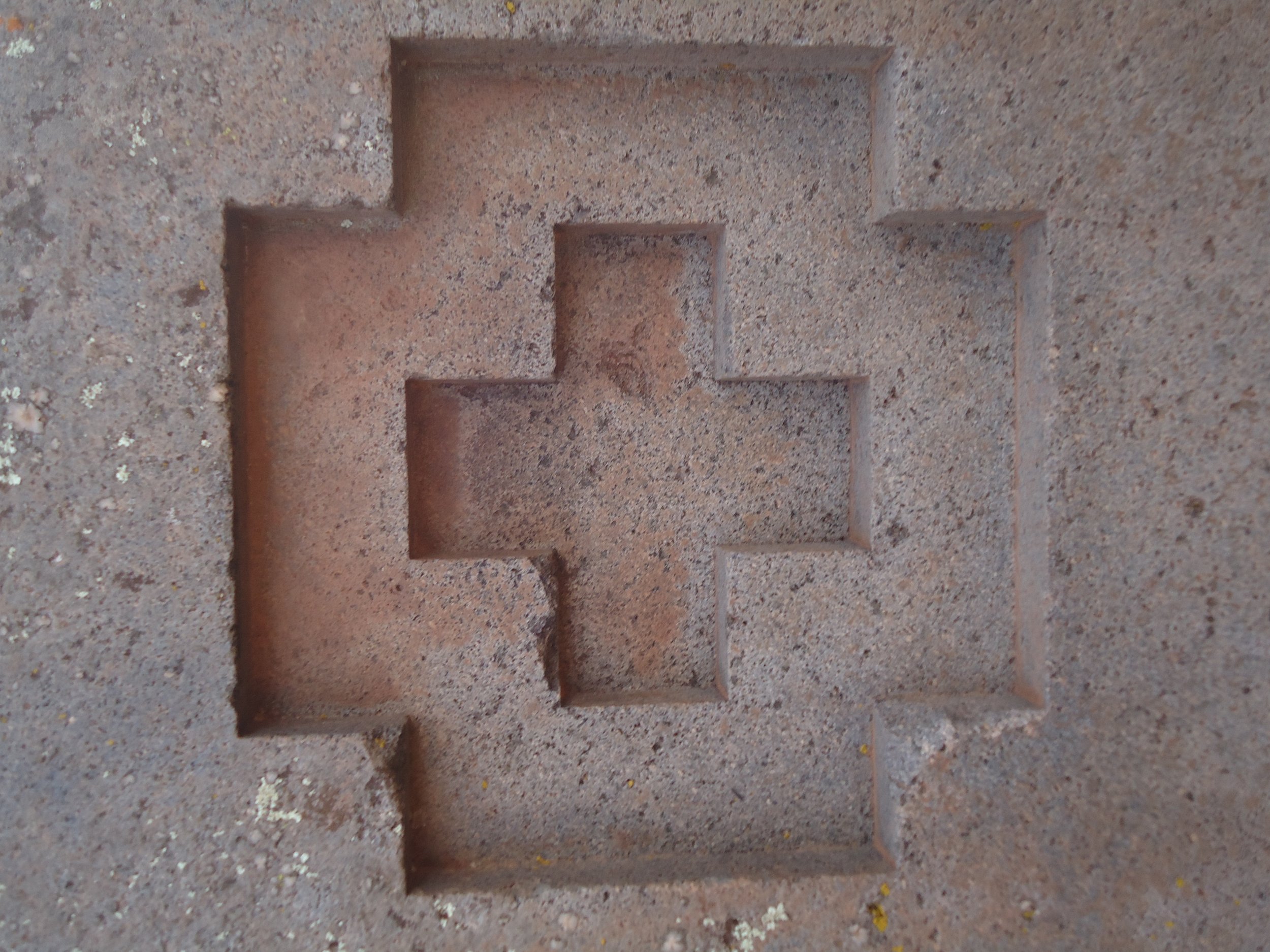
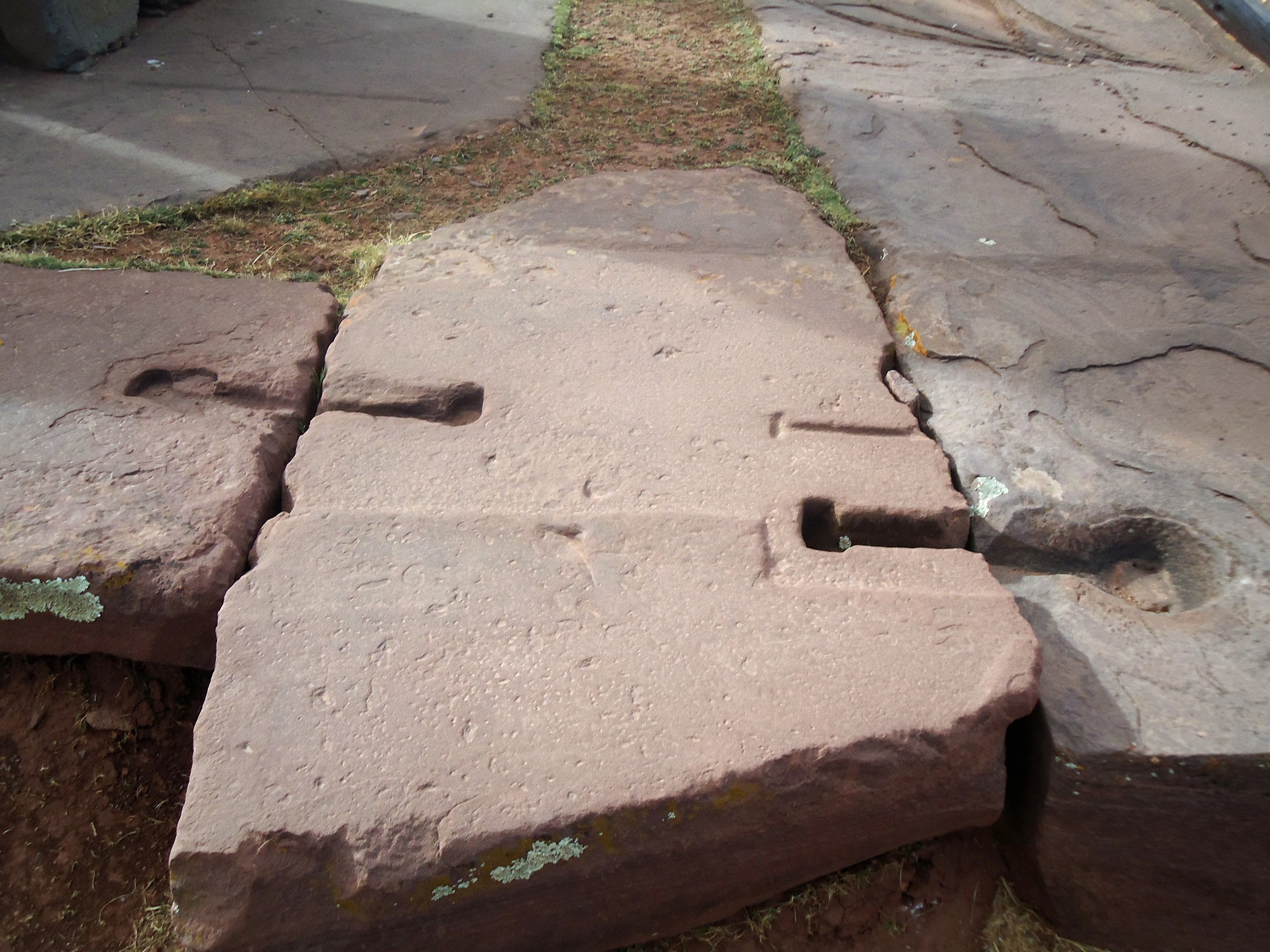
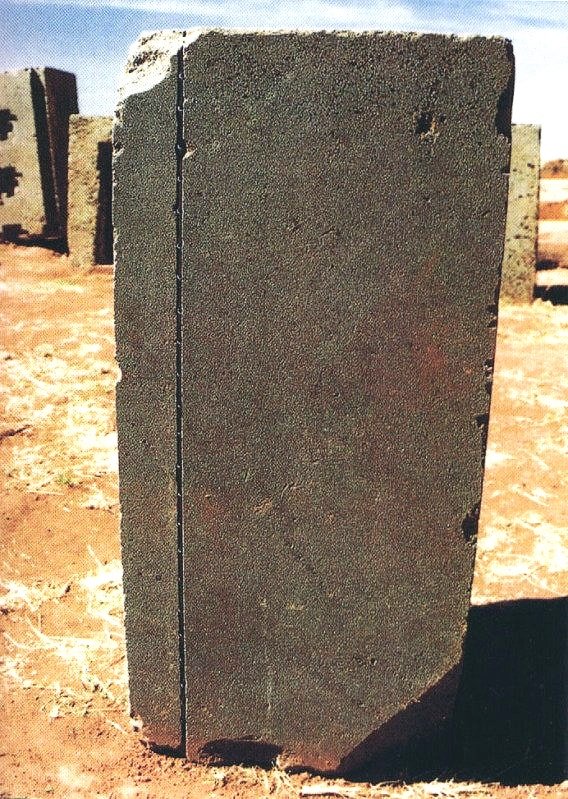
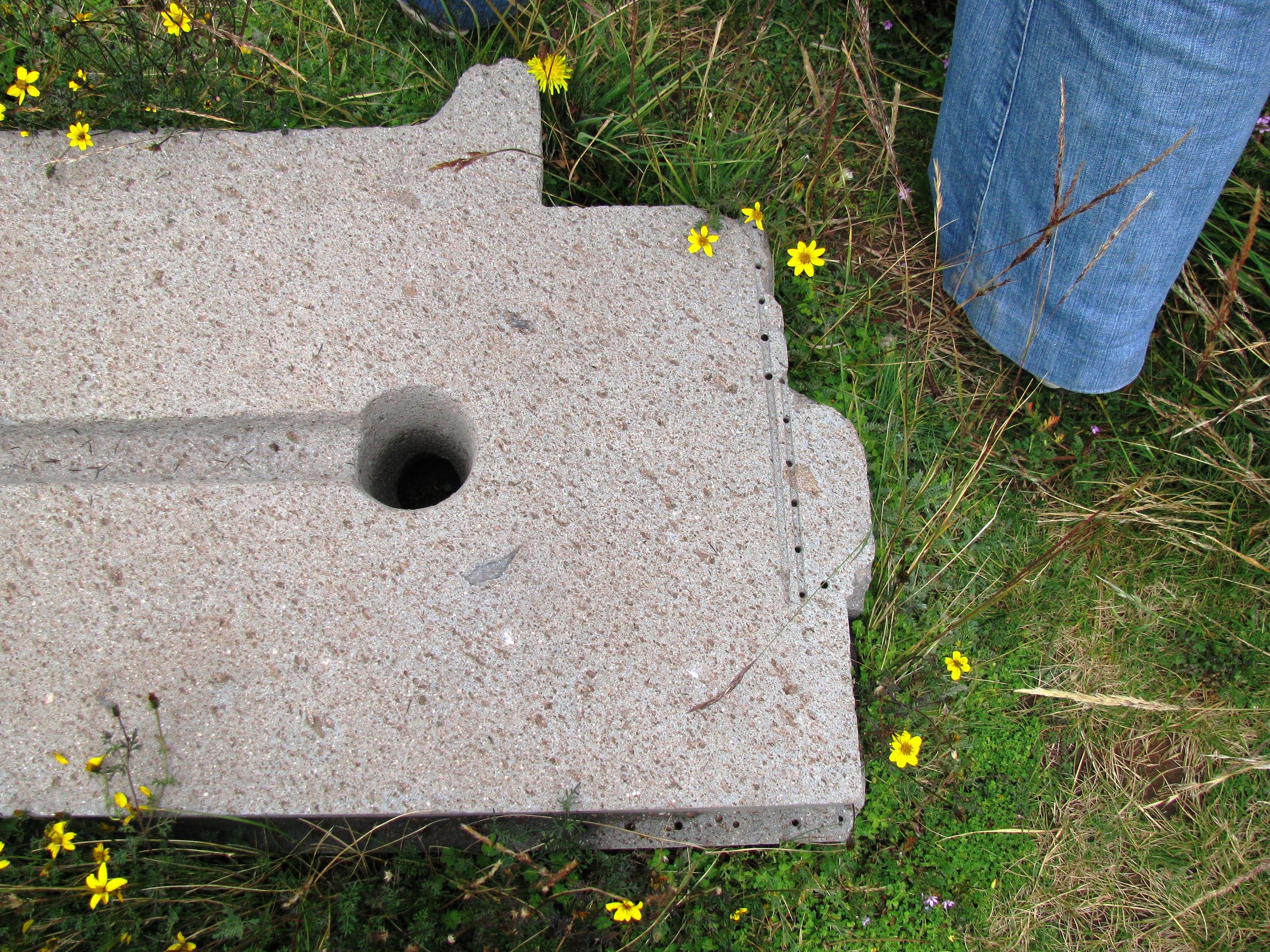
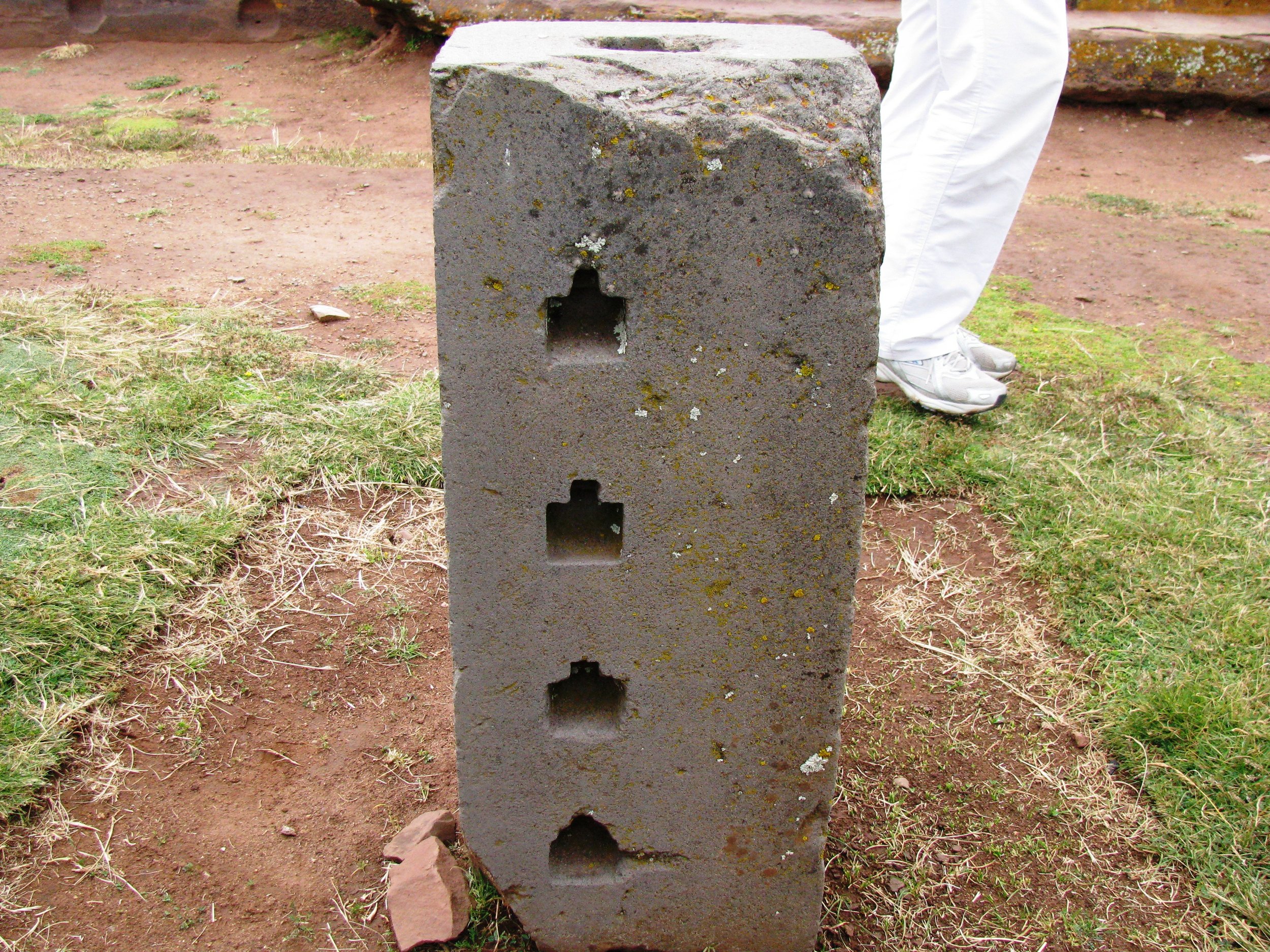
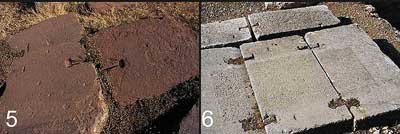
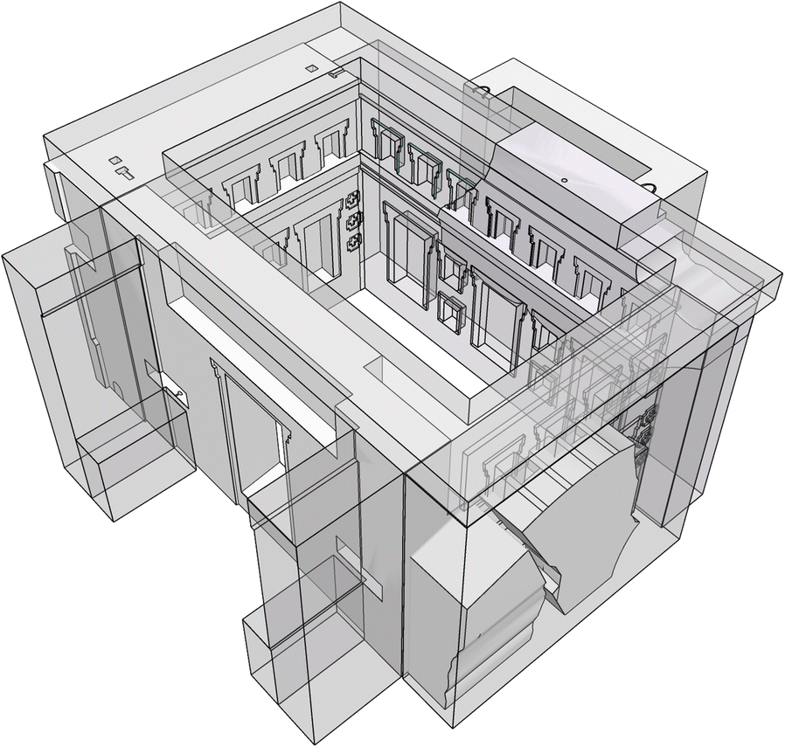
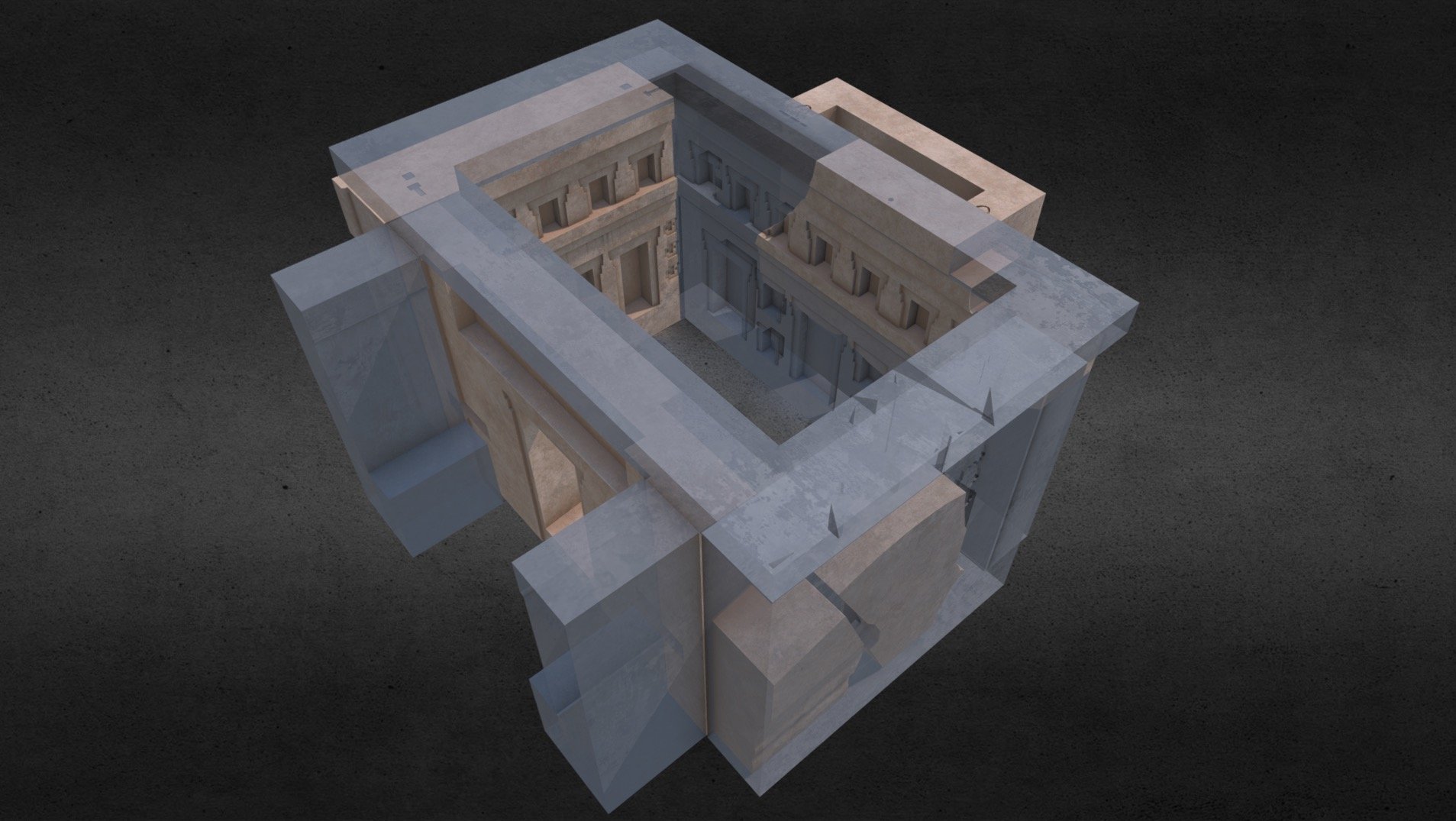

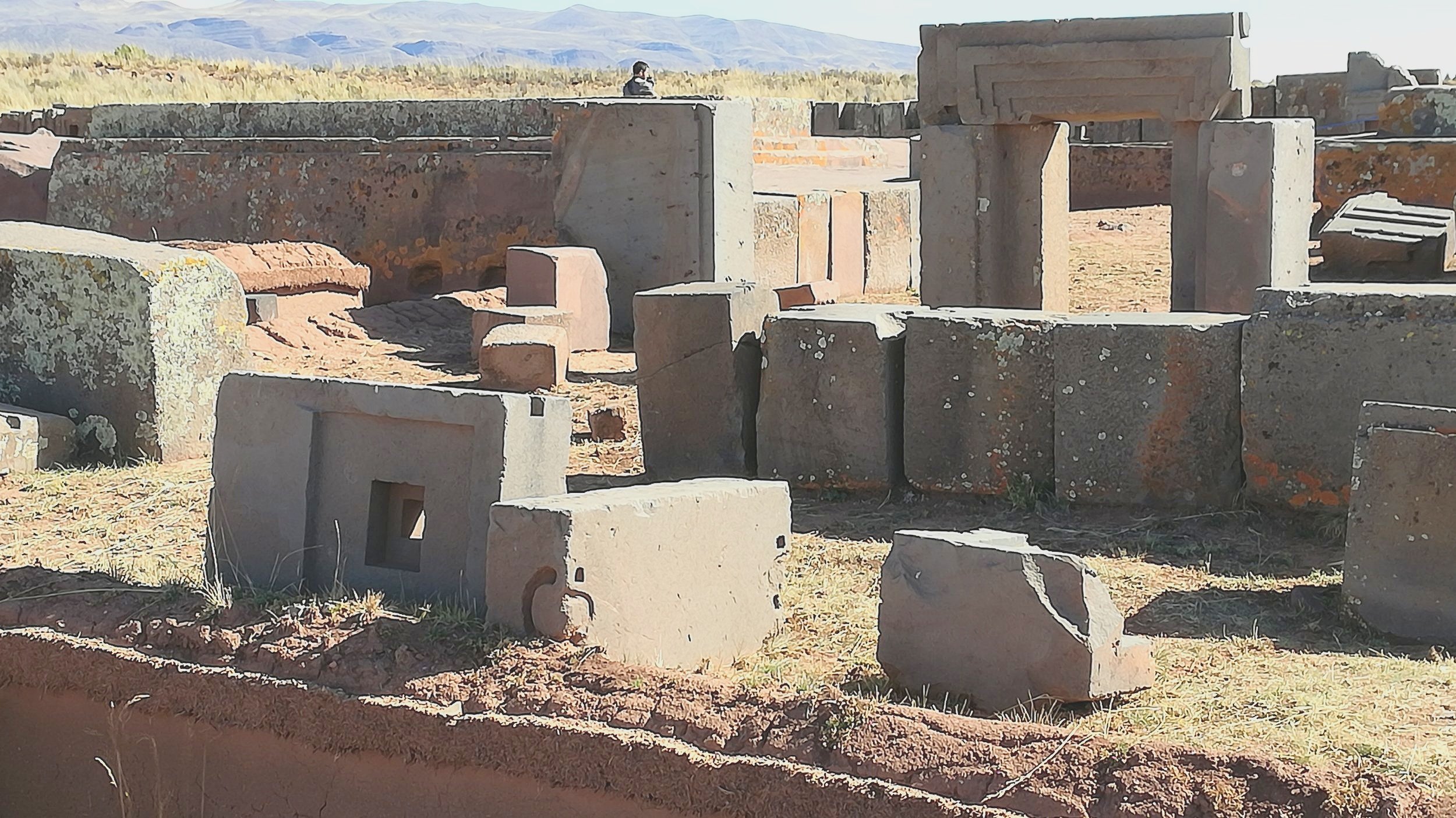
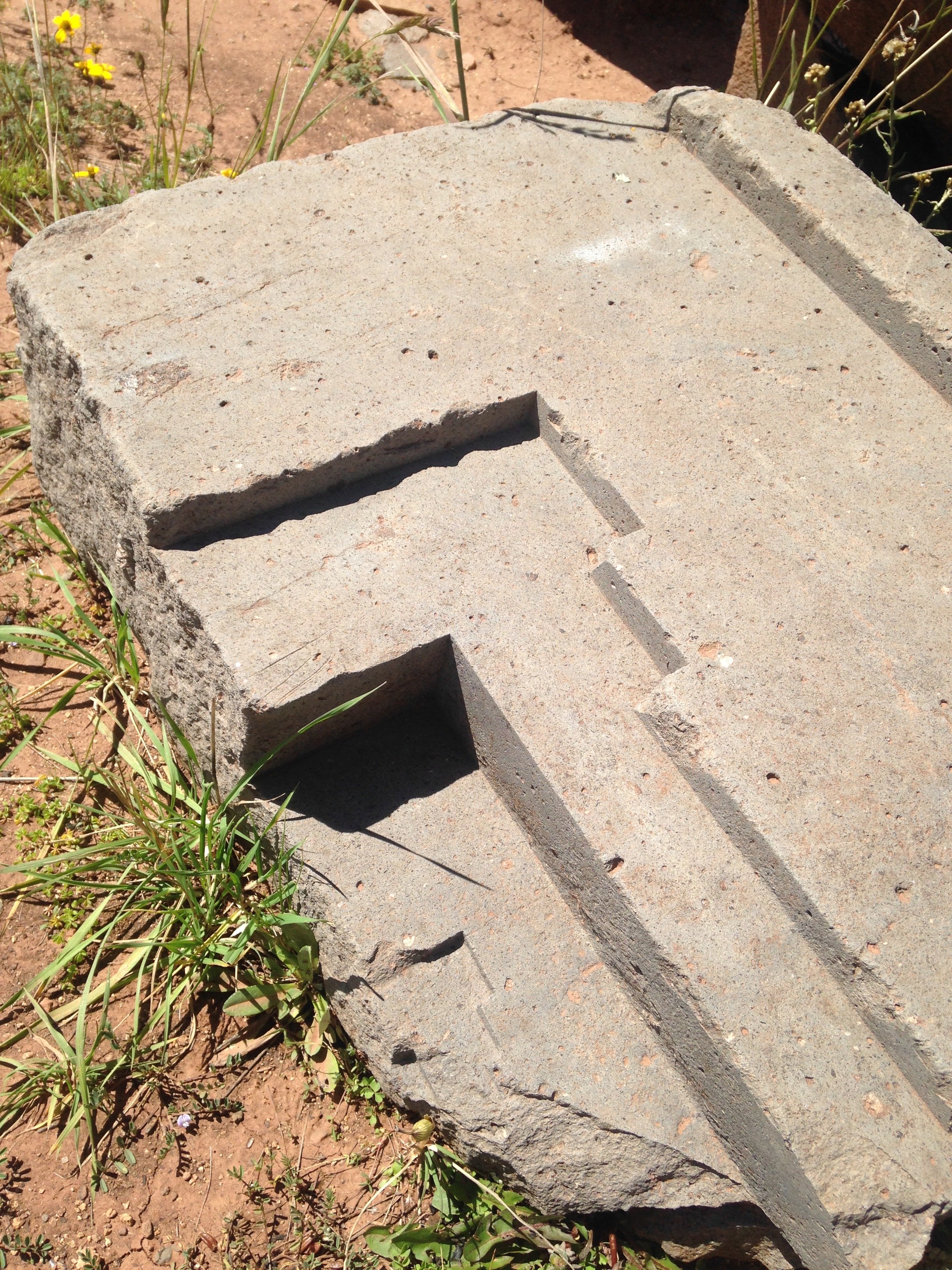
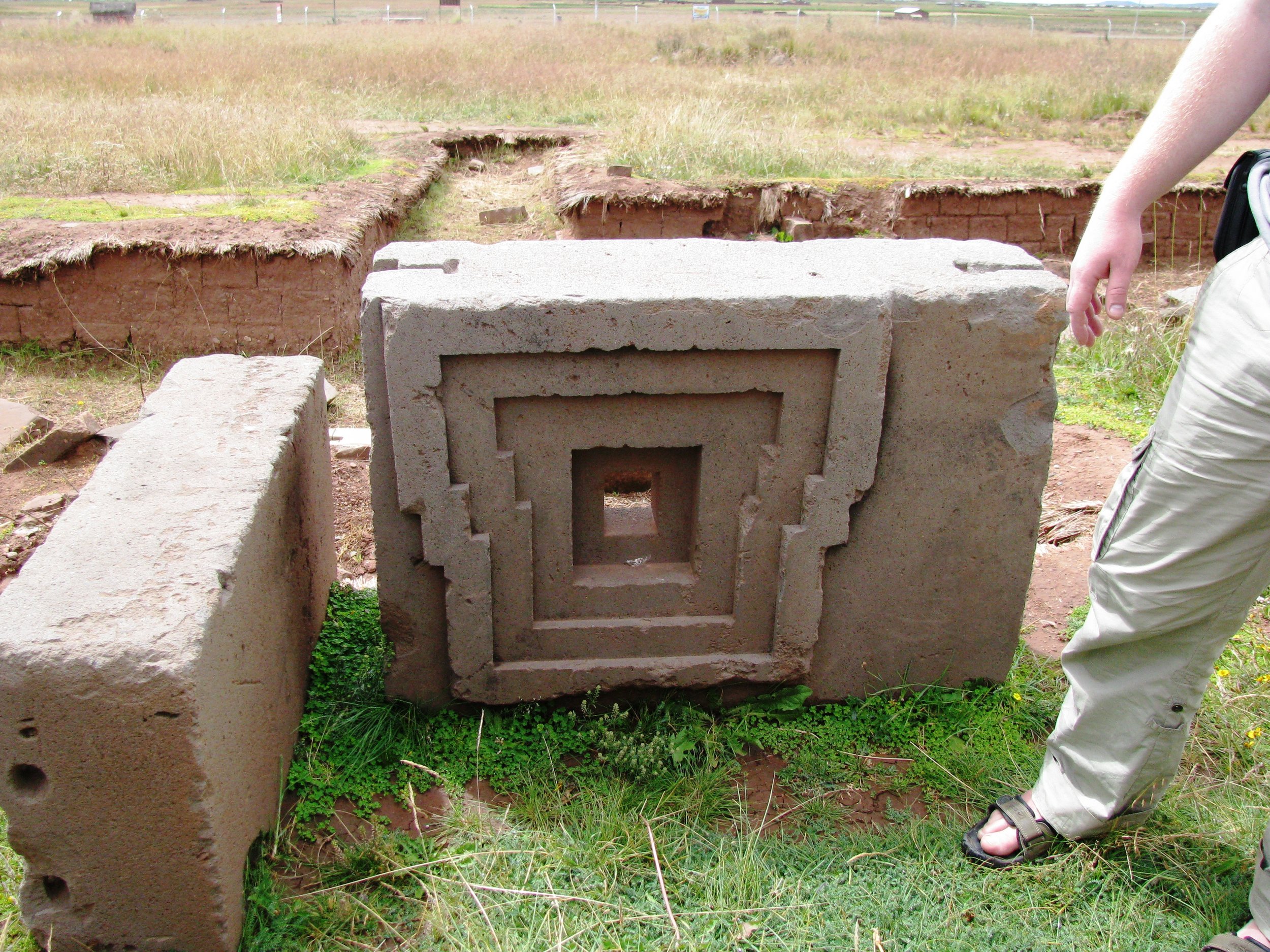
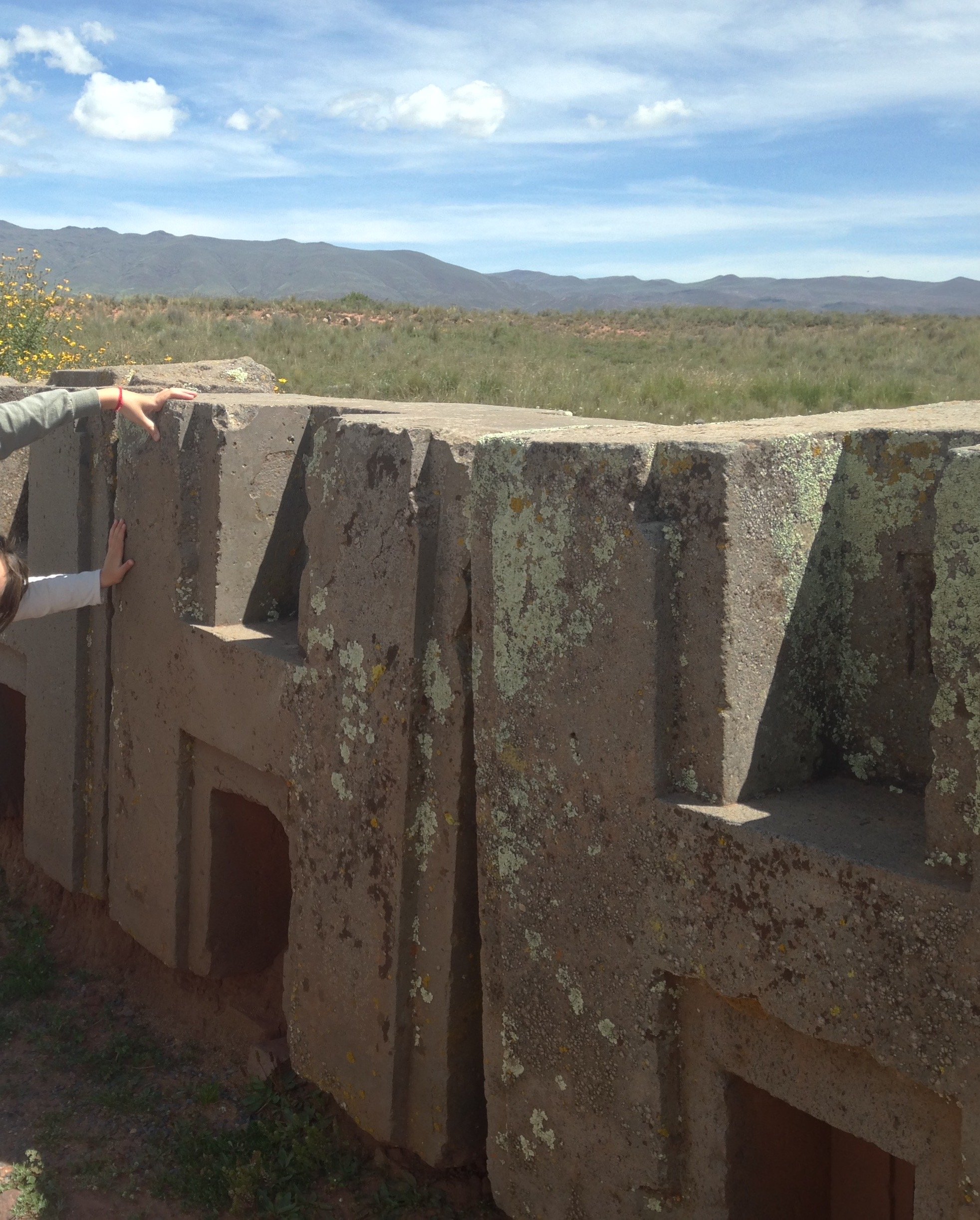
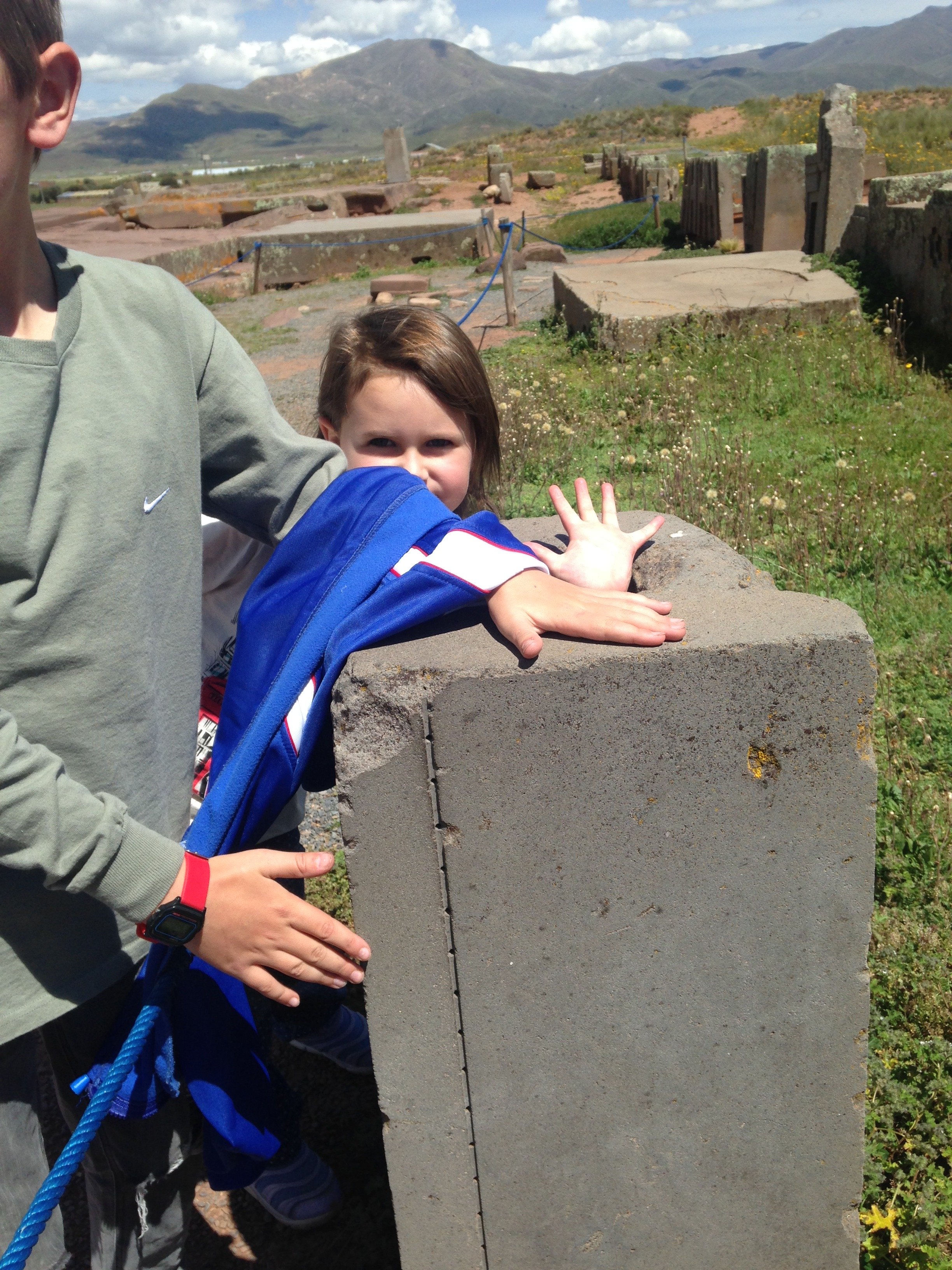
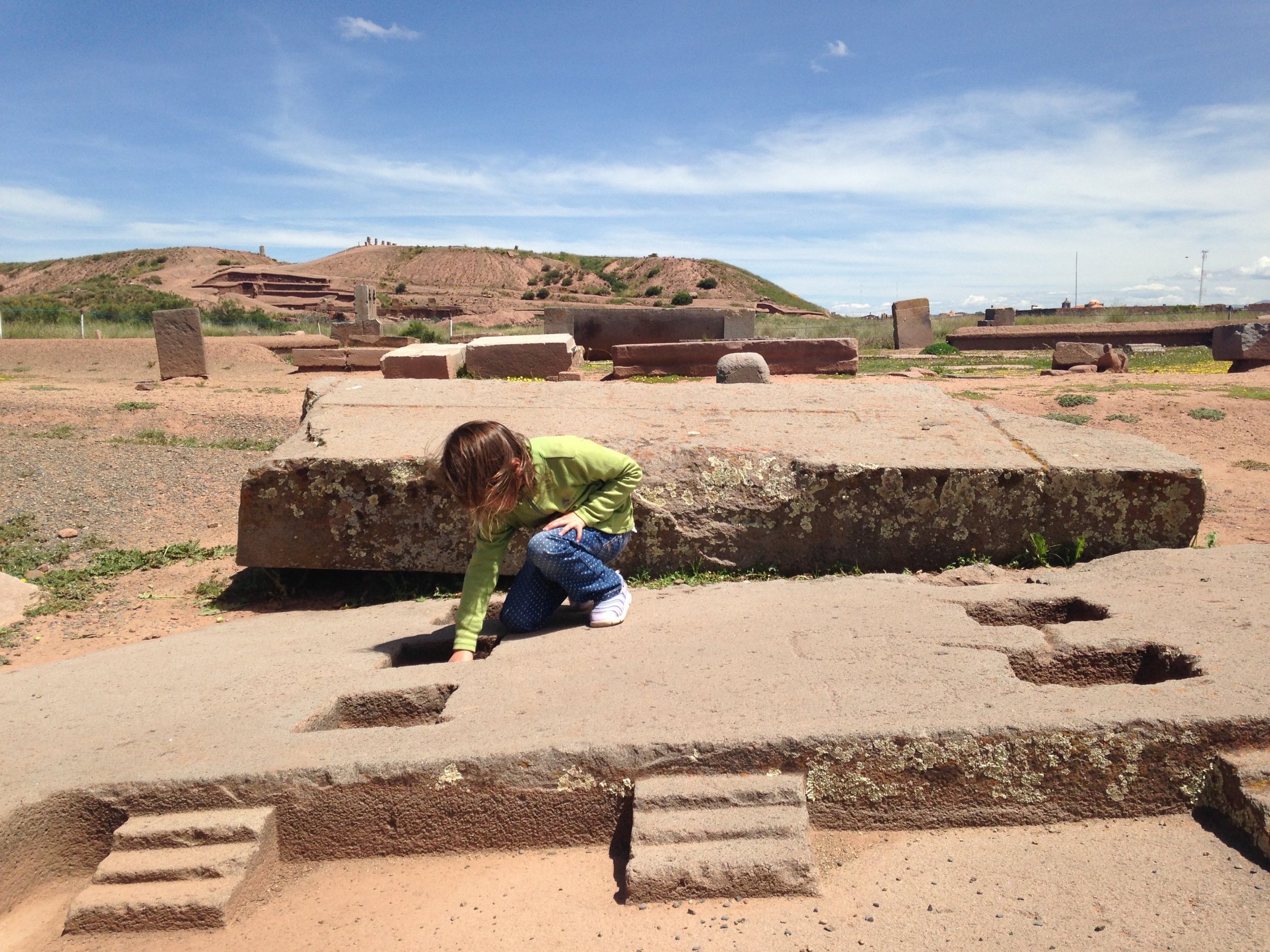
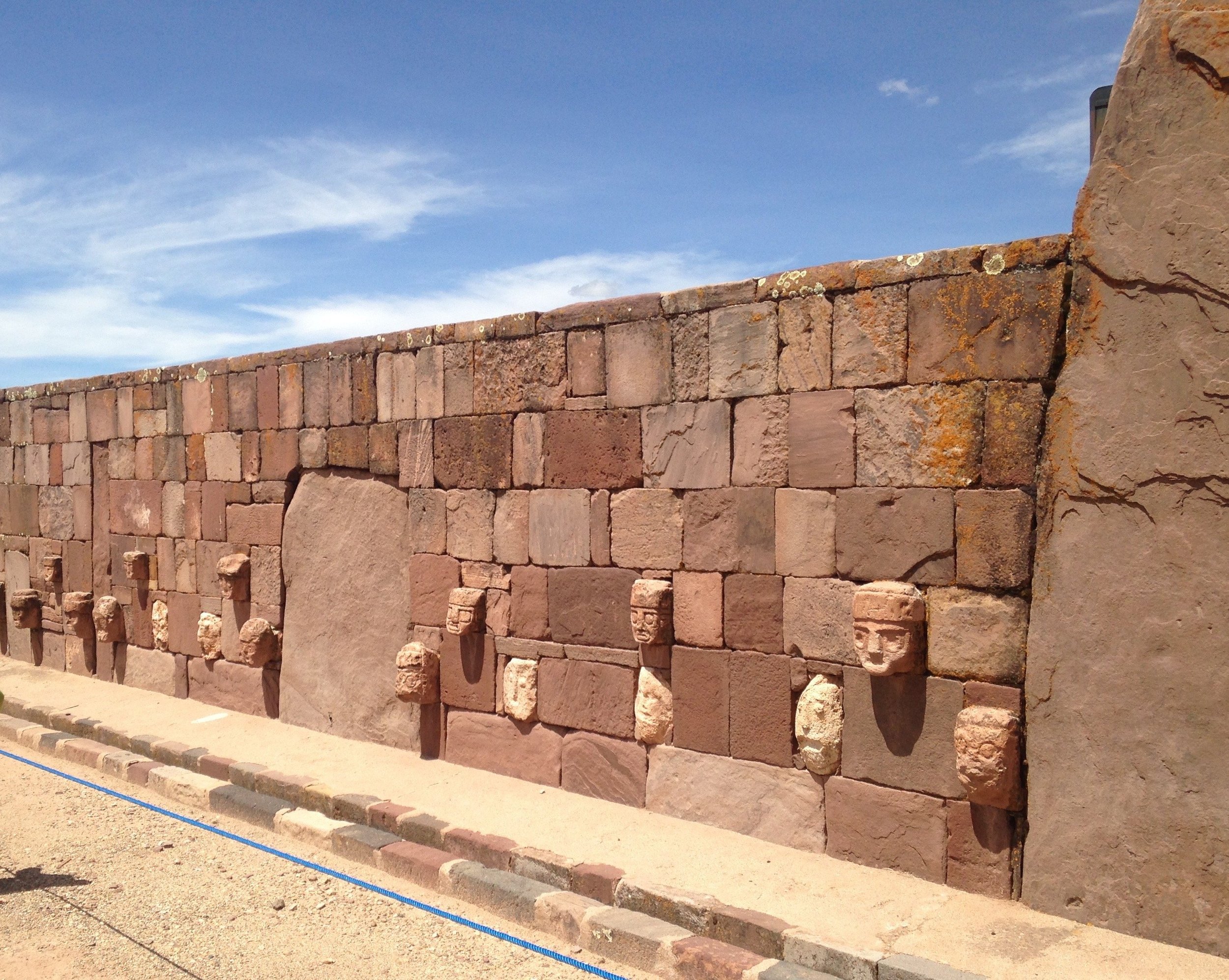
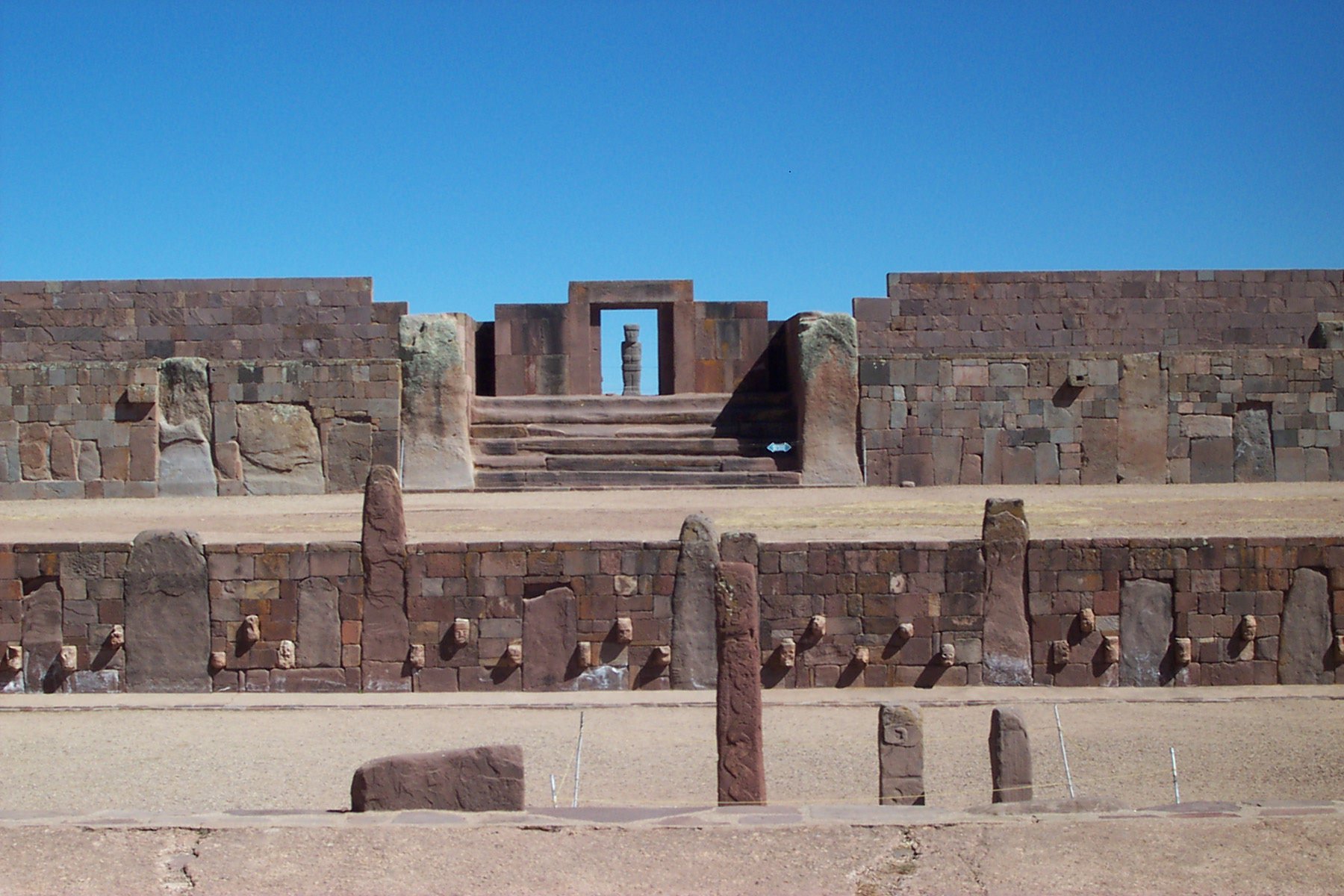
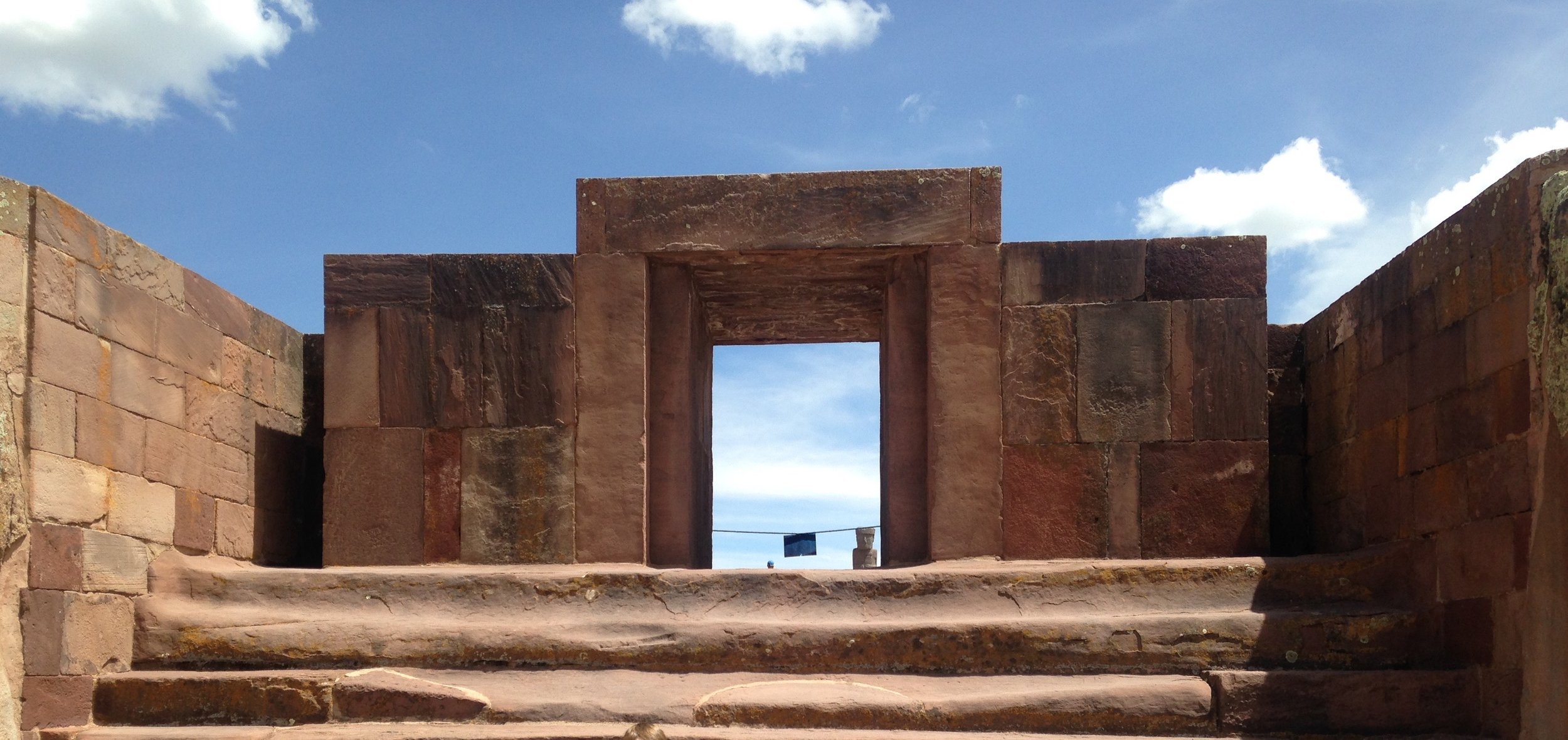
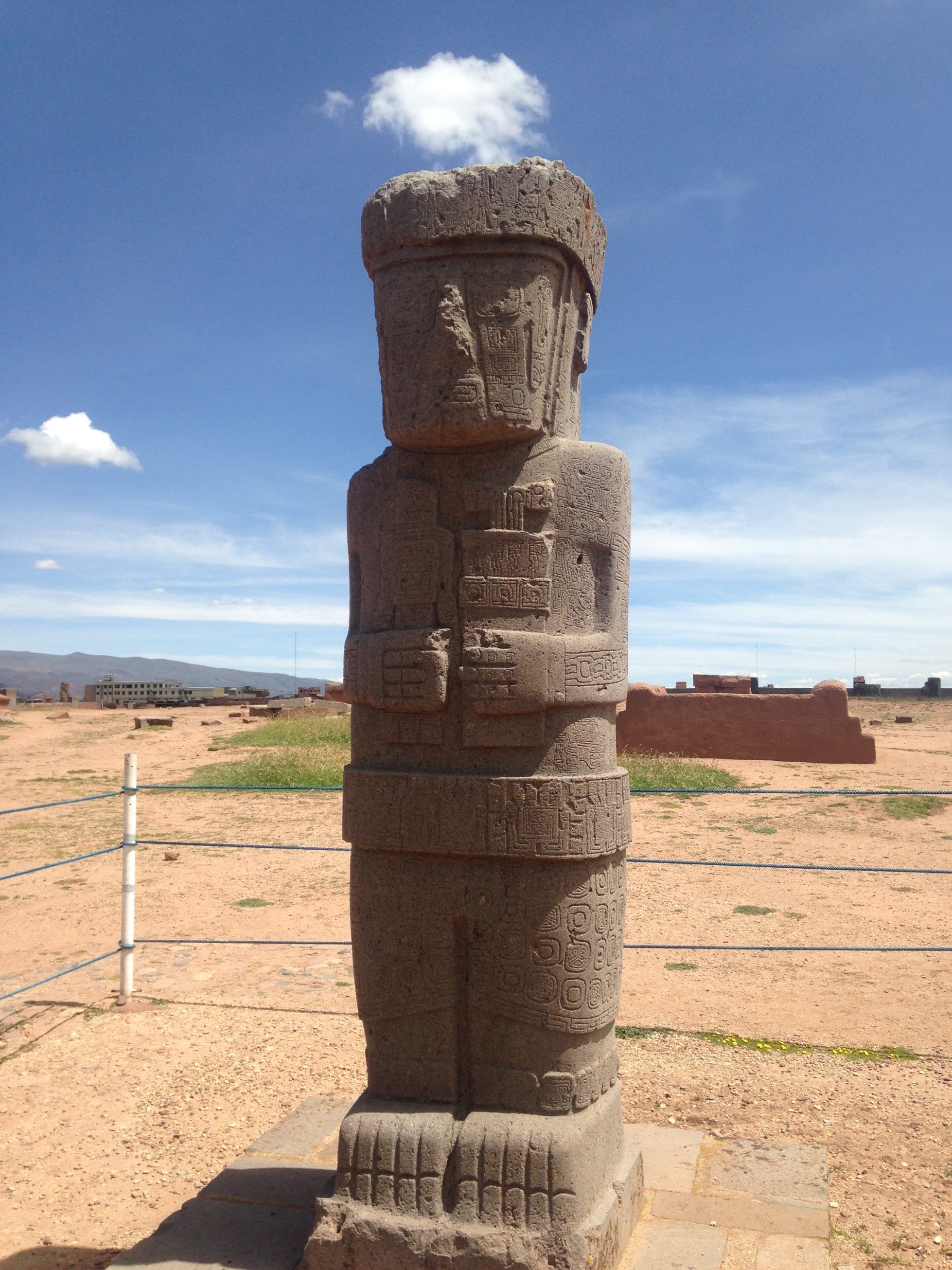
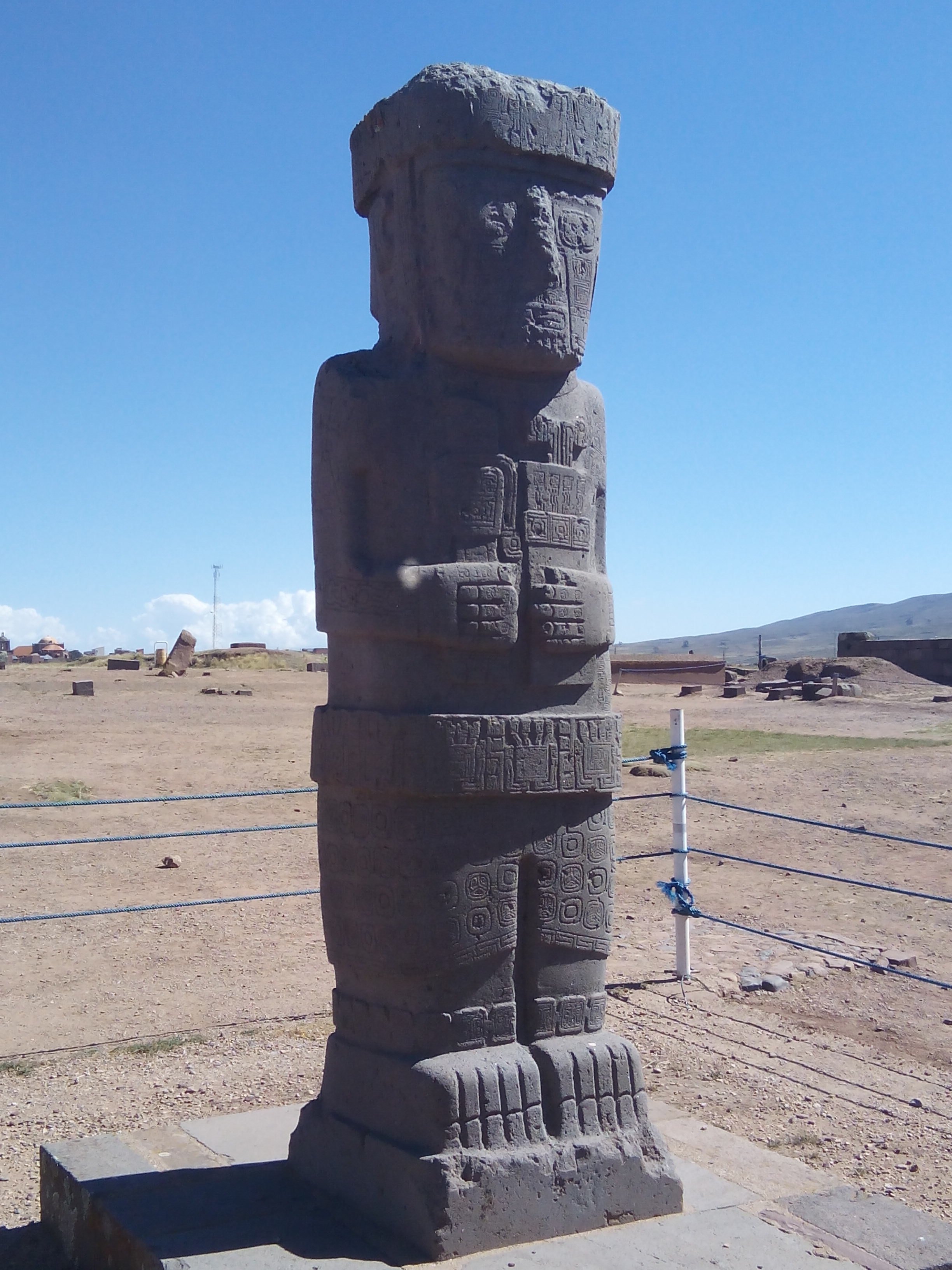
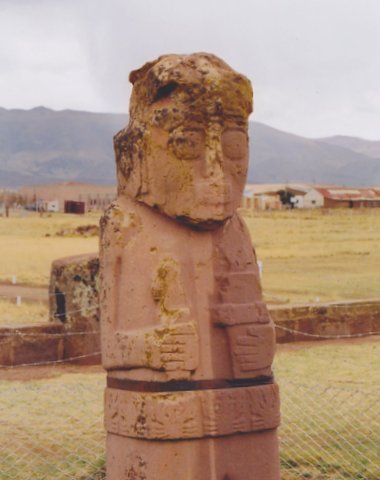
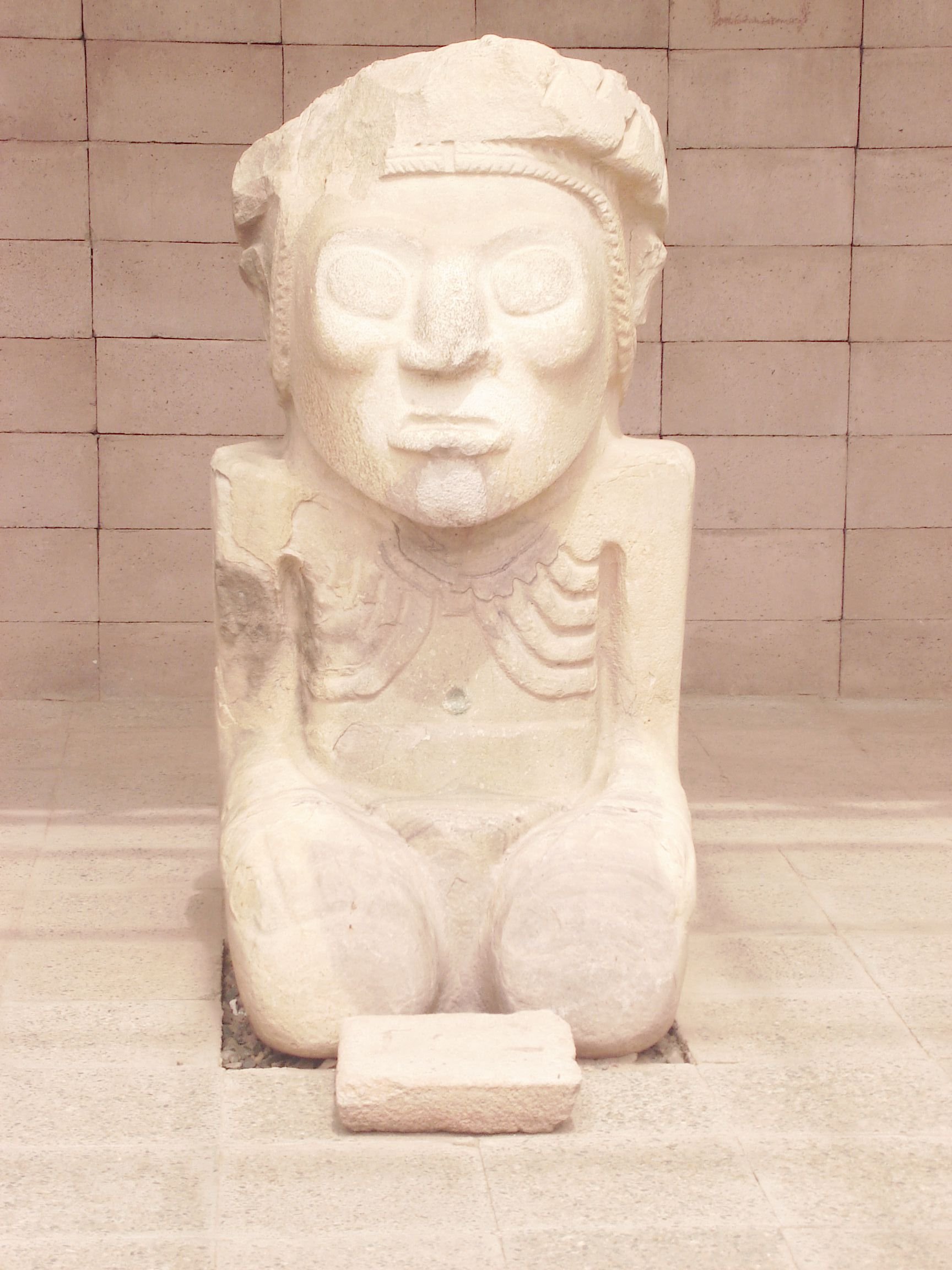
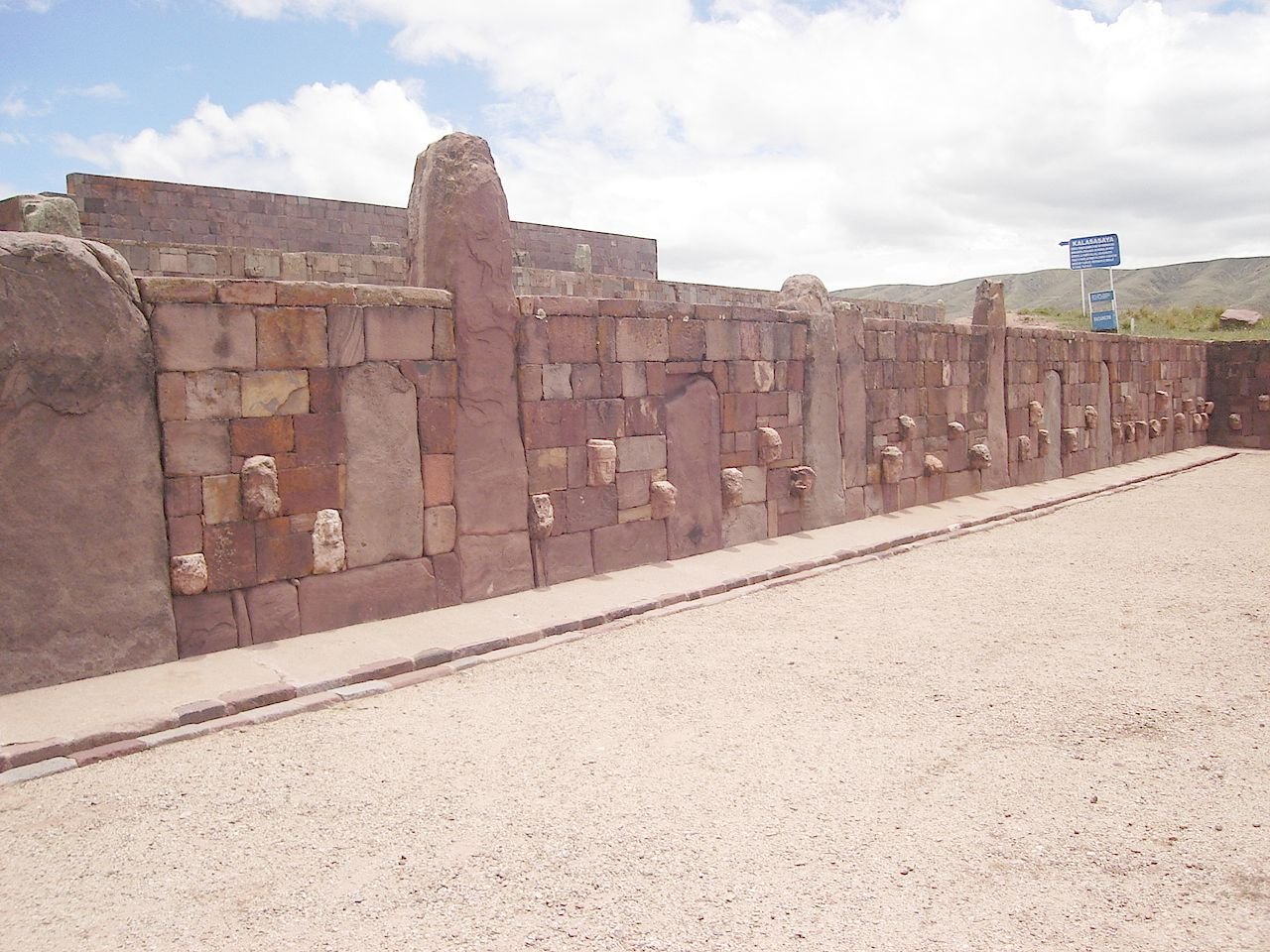
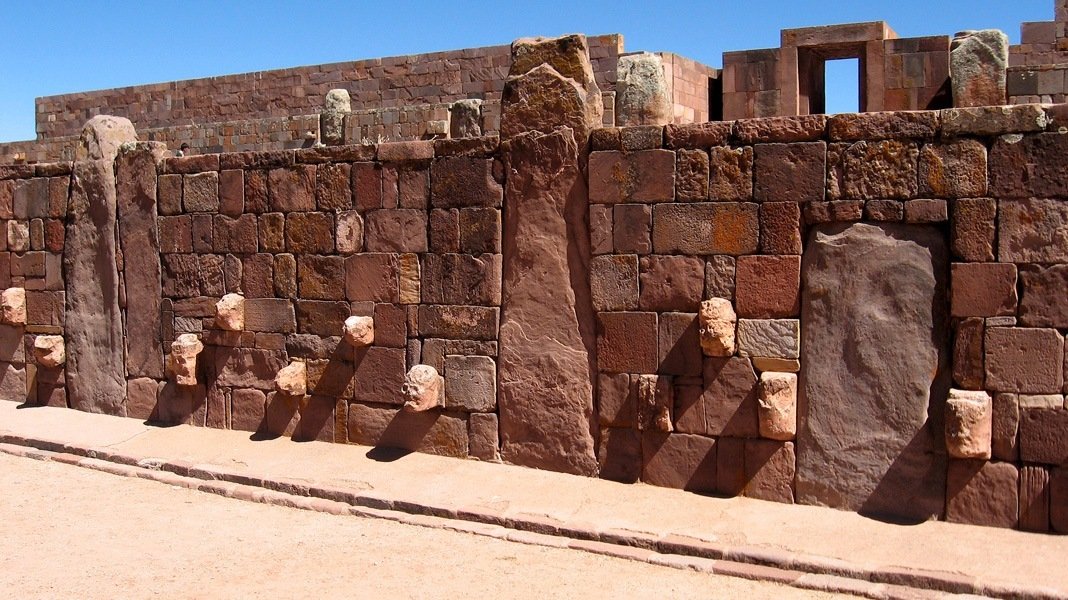
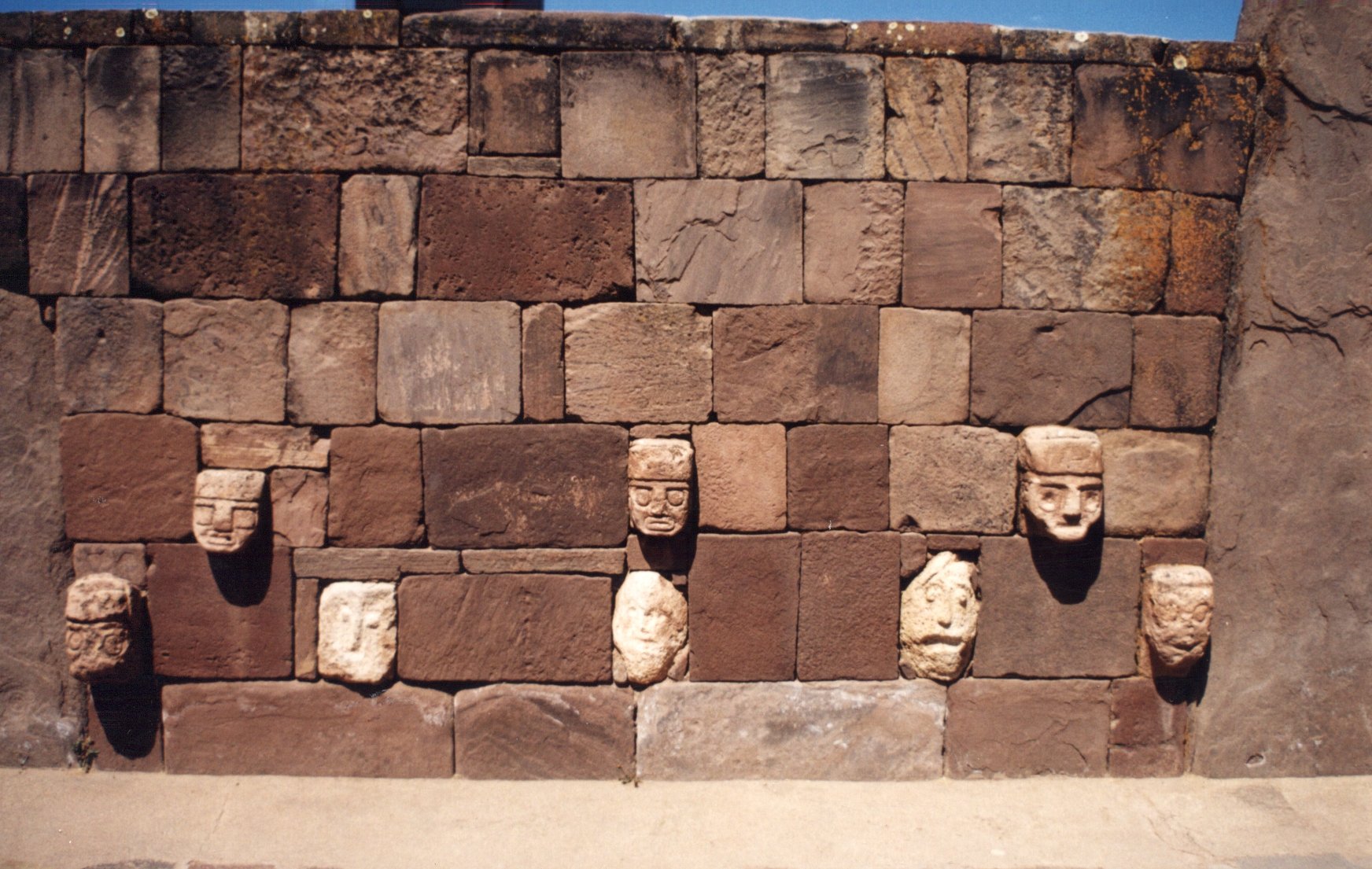
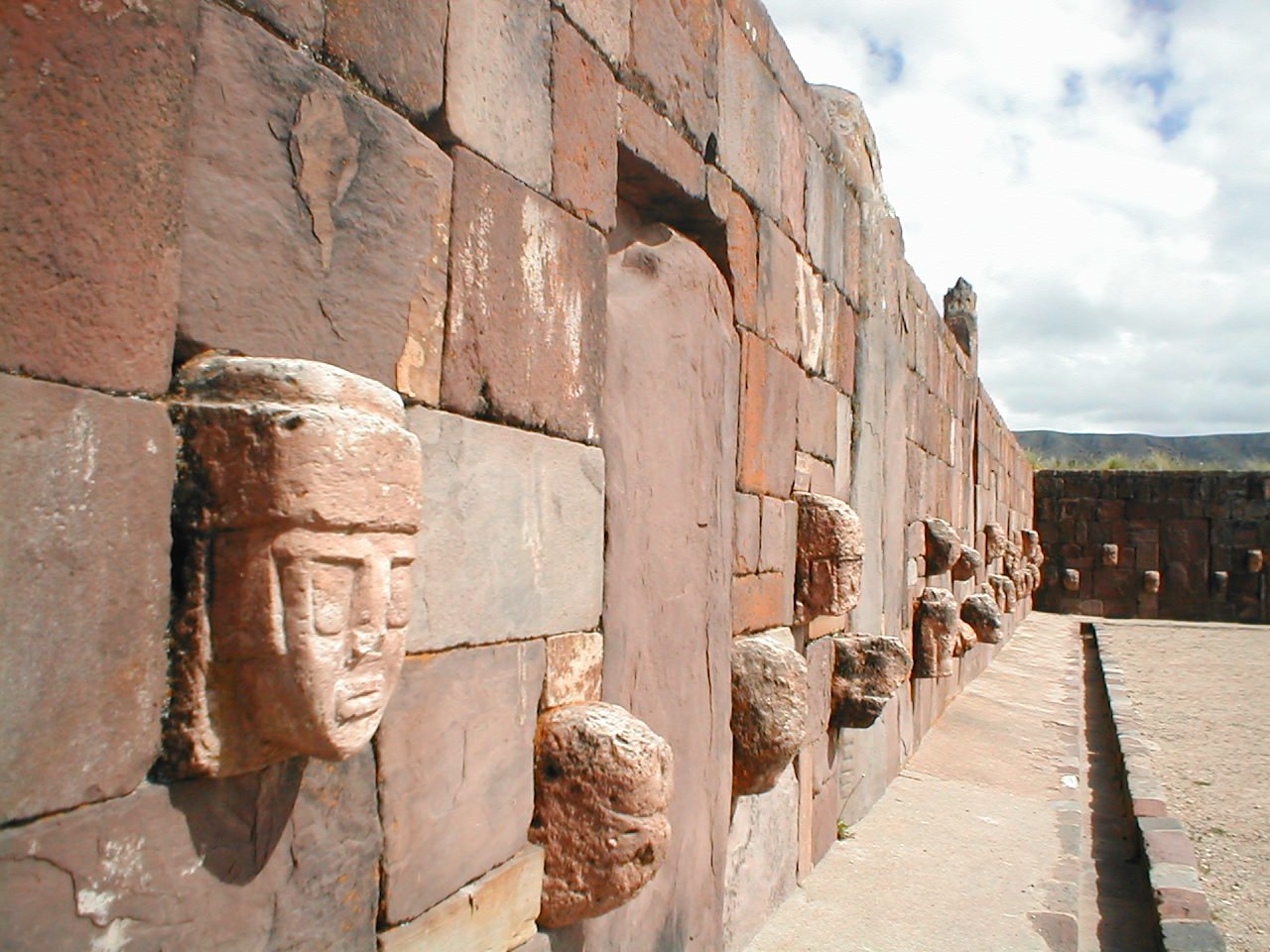
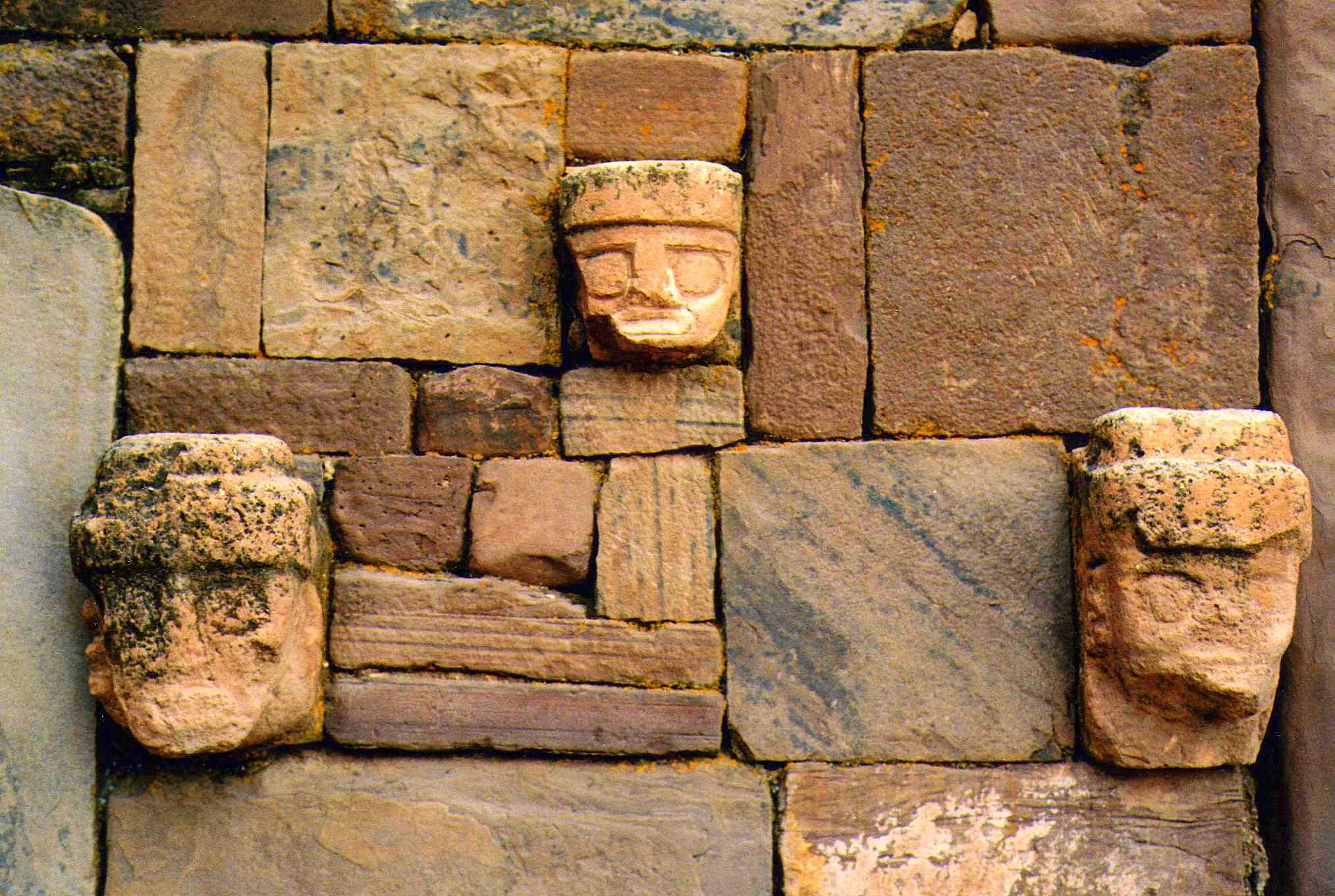
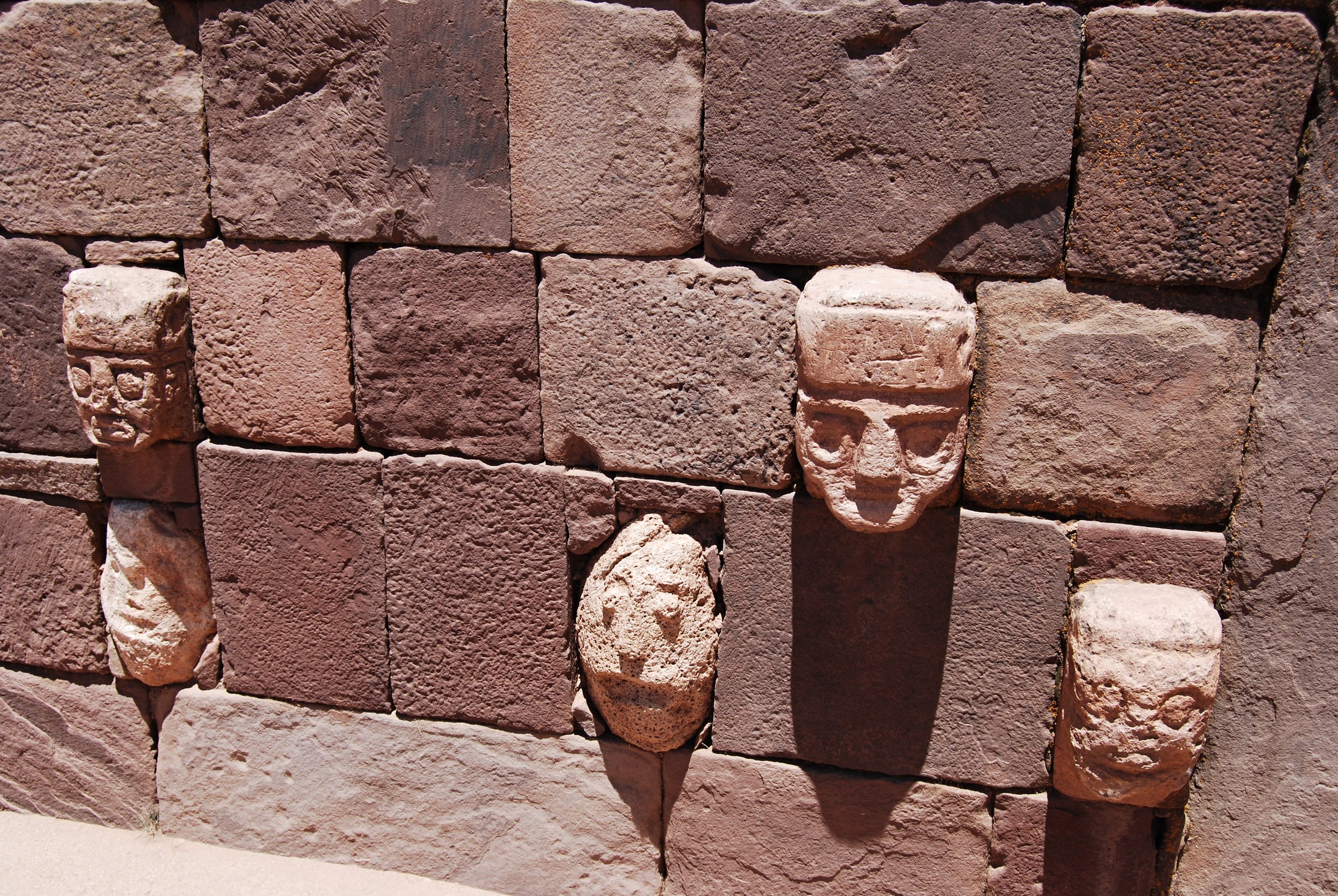
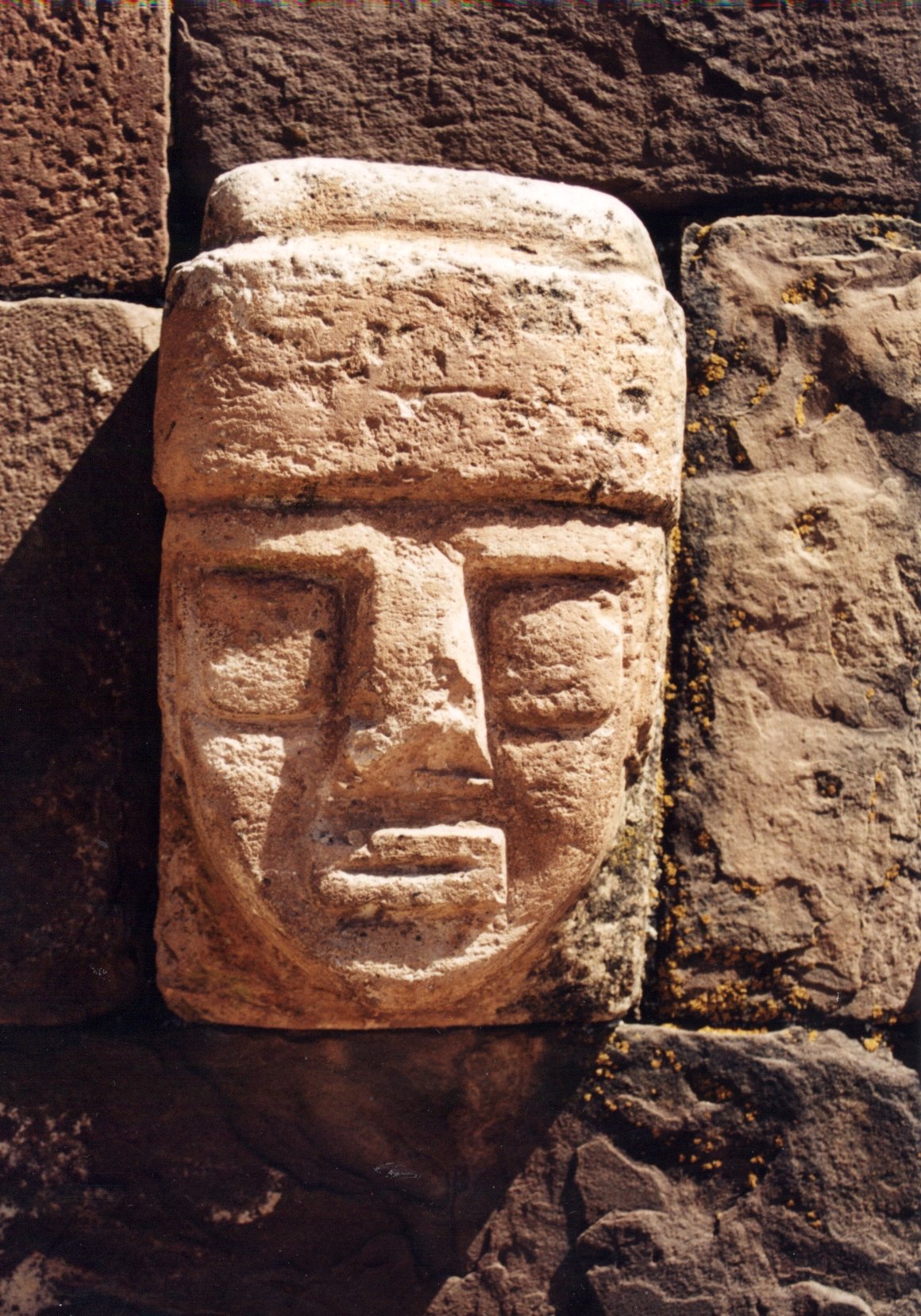
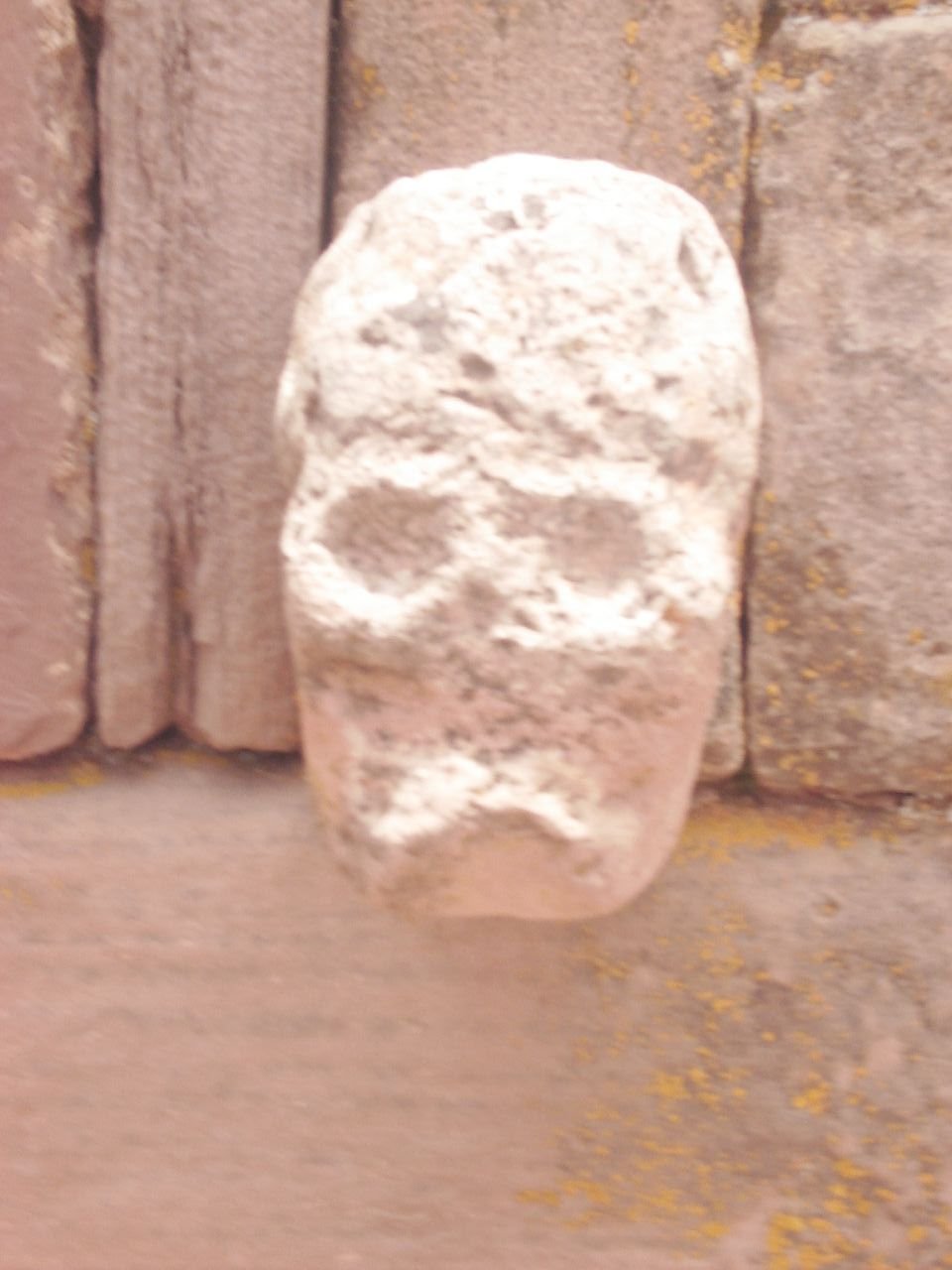
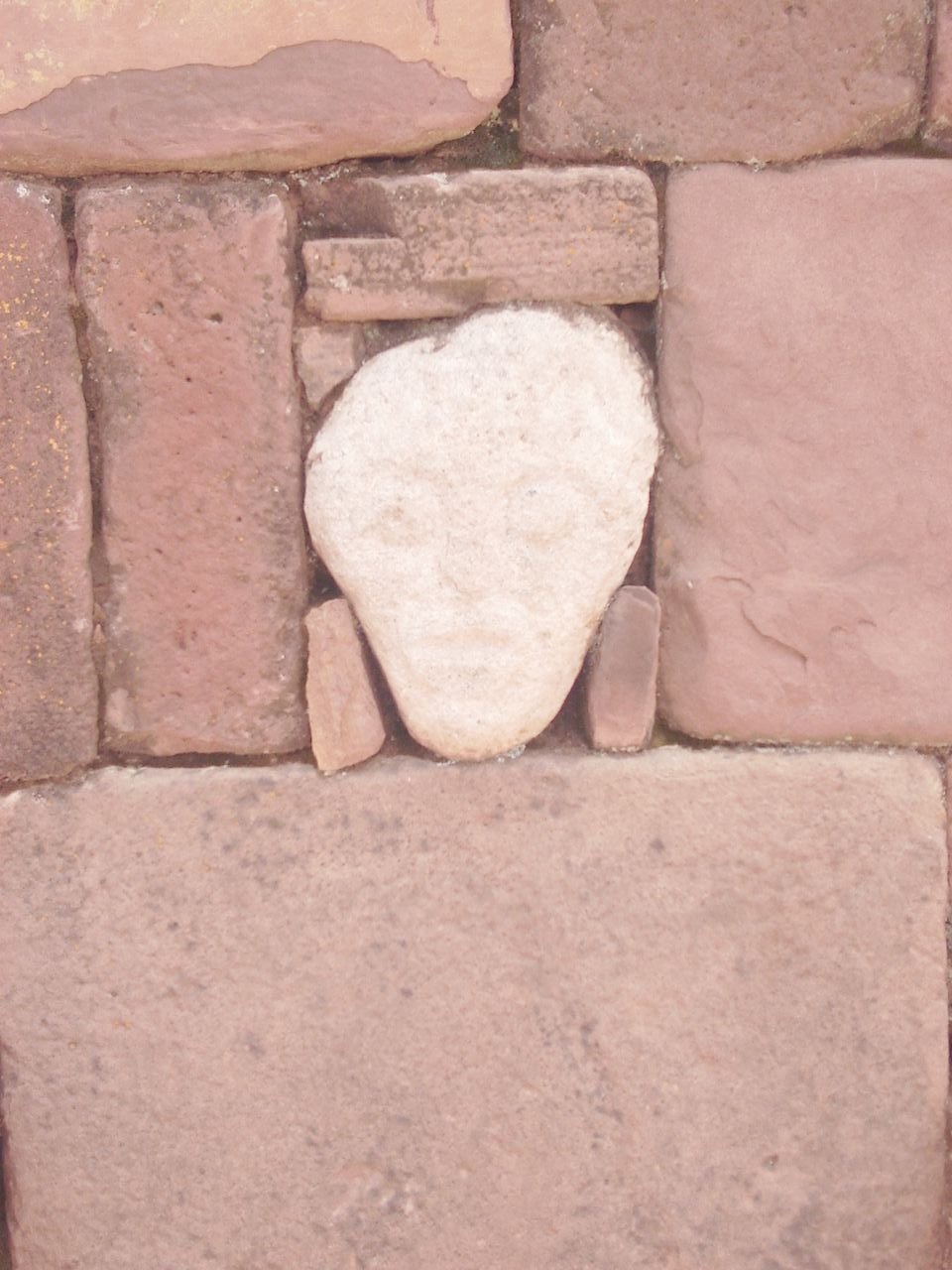
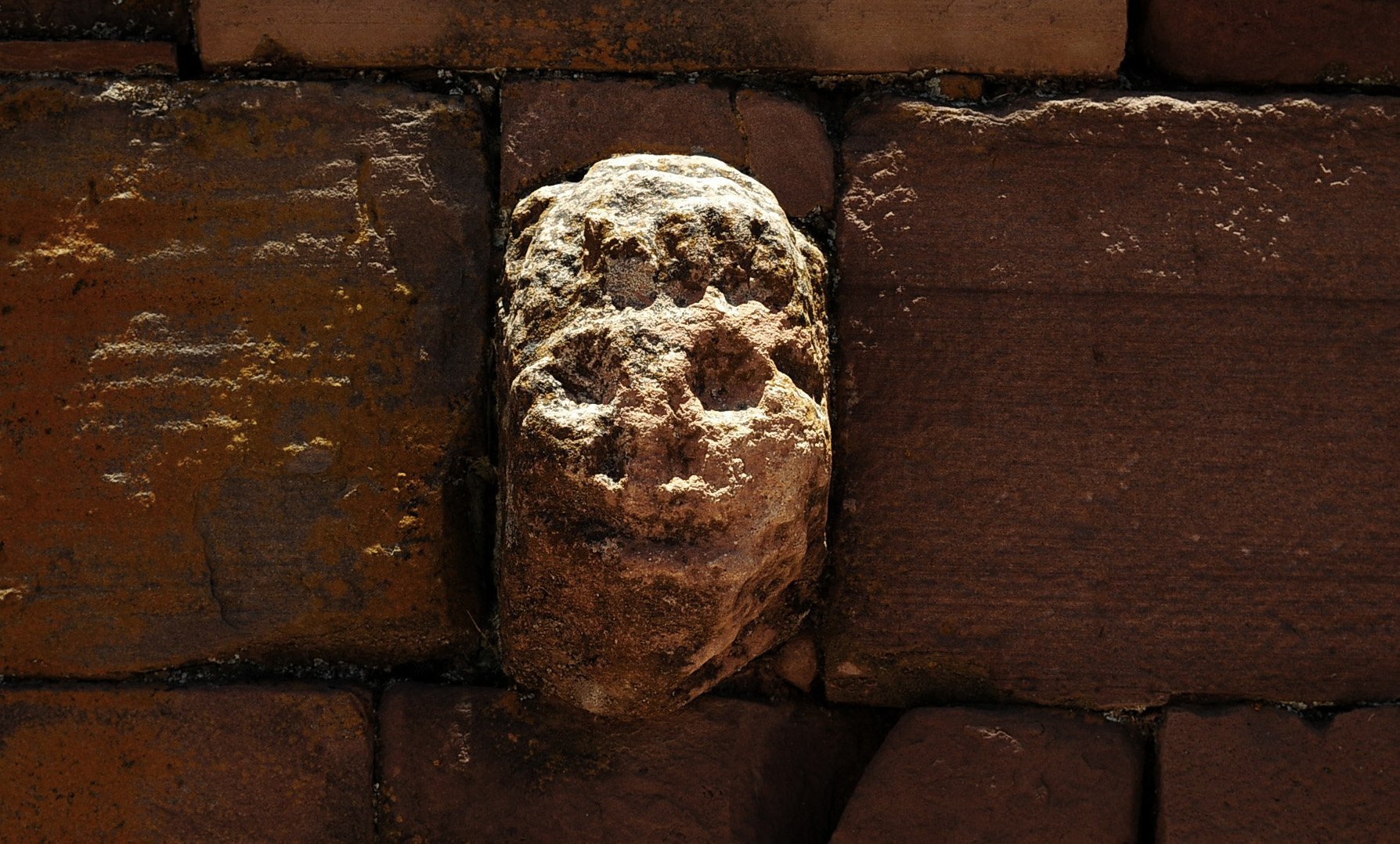
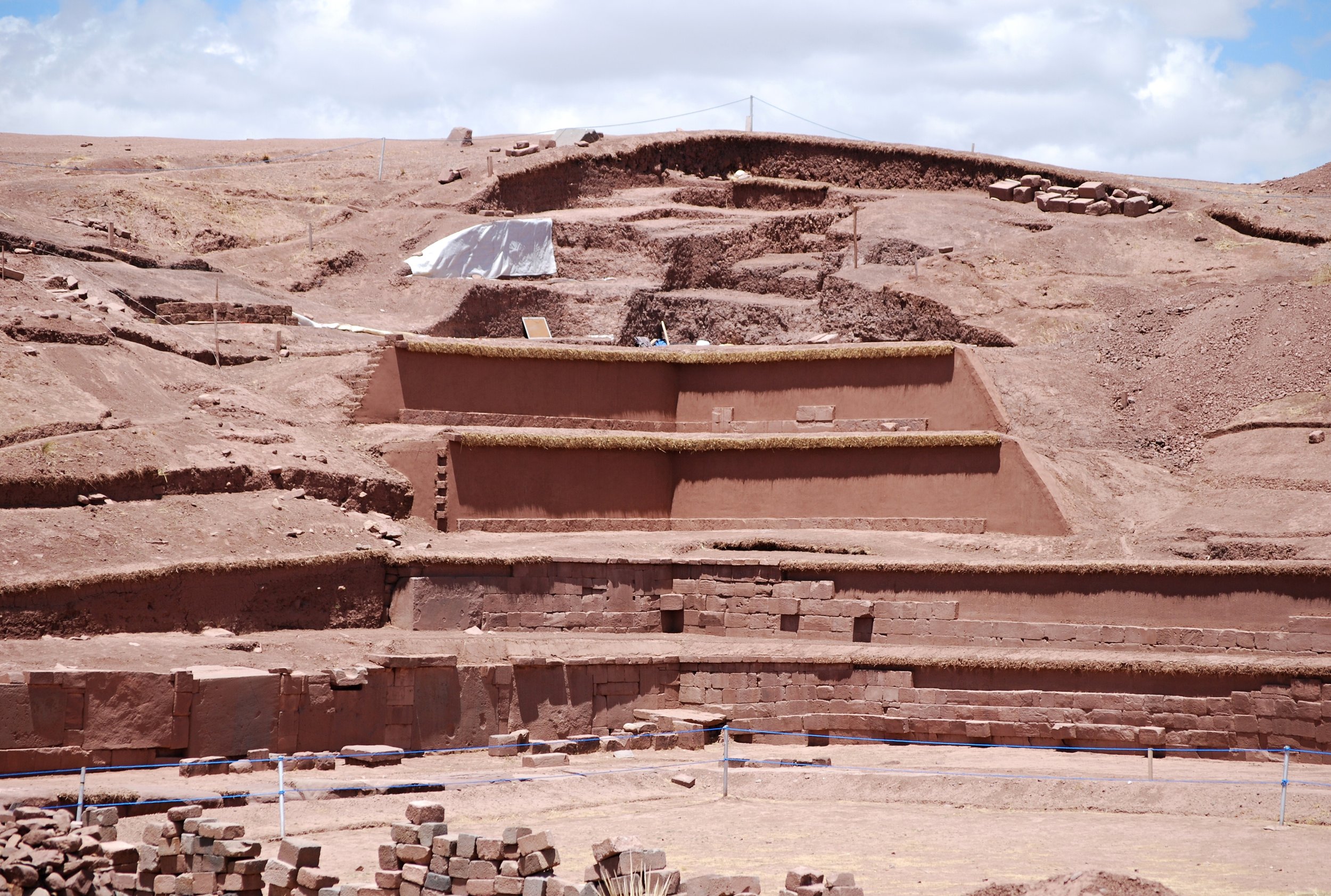
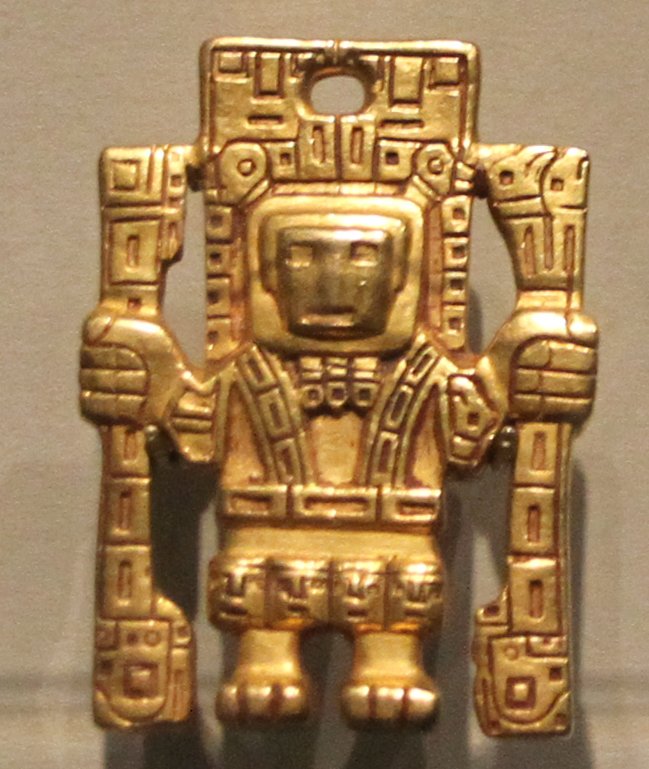

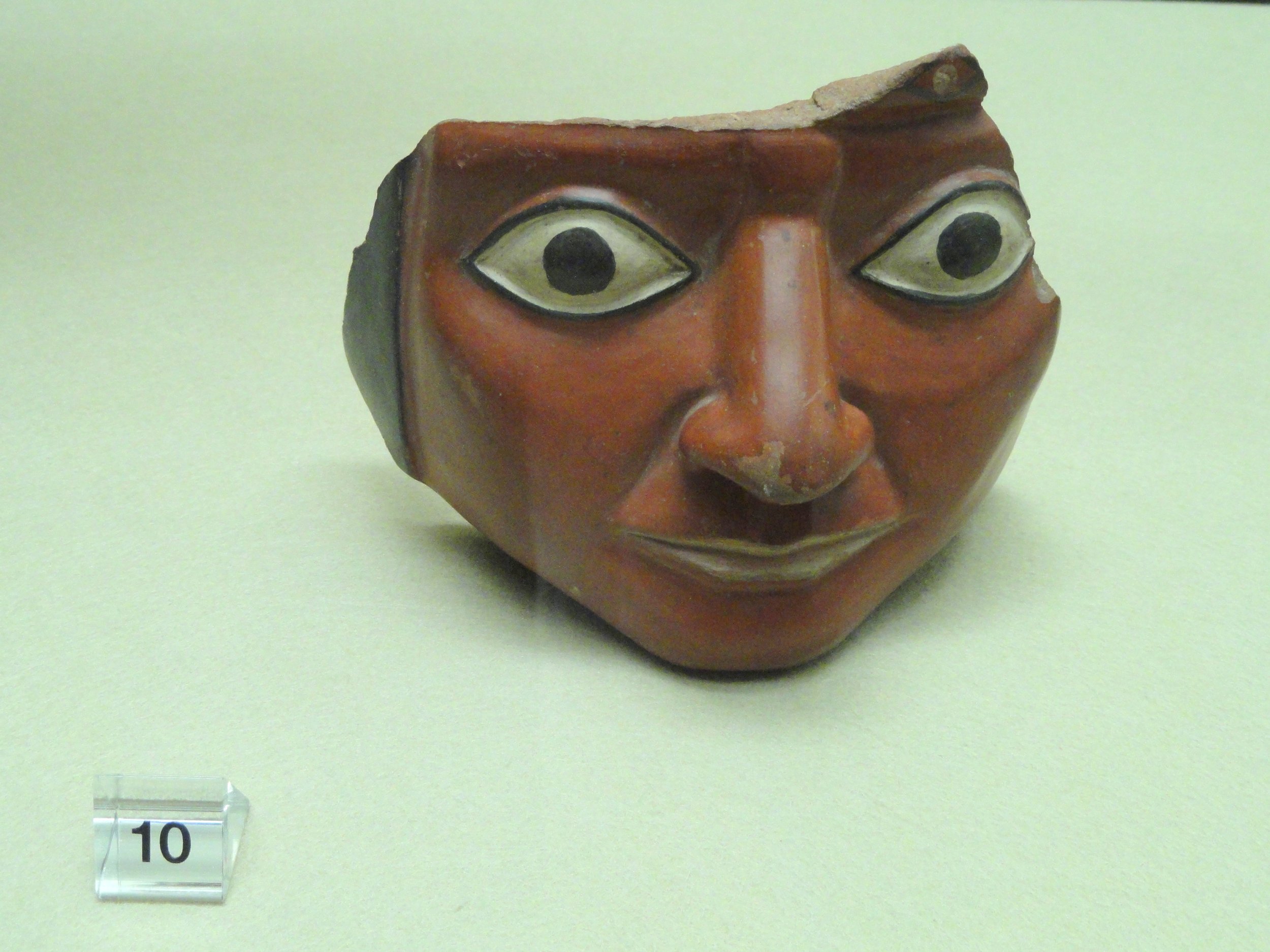

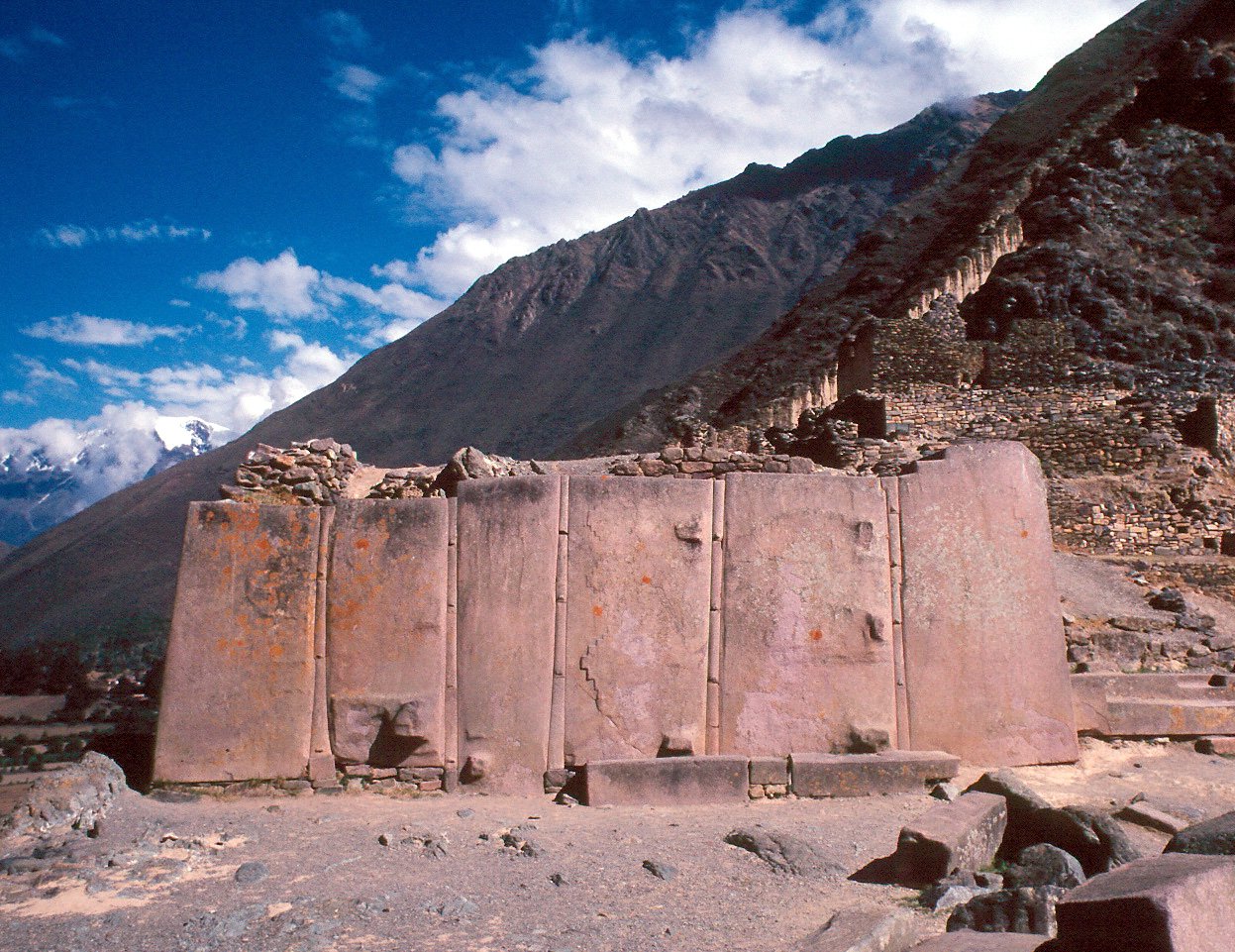
Location:
Tiwanaku, the ruins of a once-massive city just south of Lake Titicaca in western Bolivia and near the southern border of Peru. Pumapunku, a ceremonial and elite residential complex partly constructed with inexplicably huge stones is one of the fascinating sites within it.
Suggested Viewing:
Watch lecture #12: “Enigmatic Tiwanaku by Lake Titicaca” from the series Lost Worlds of South America with Dr. Edwin Barnhart over at Wondrium by CLICKING HERE. If you haven’t signed up yet for Wondrium, CLICK HERE to get a special, free 22-day trial offer which also includes unlimited access to their entire library, or go to Wondrium.com/legends
Reference Links:
“Tambomachay, Cusco, Peru: An Inca spa, military outpost or maybe… both?” on AtlasObscura.com
“The Non-Mystery of Puma Punku” by Brian Dunning of Skeptoid
“Puma Punku: Ancient Alien Technology From 12,000 Years Ago?” from Brien Foerster on YouTube
PDF: Cymatics: A Study of Wave Phenomena and Vibration by Hans Jenny
“Are There Lost Alien Civilizations in Our Past?” from Kurzgesagt – In a Nutshell
PDF: Newspaper article on Pumapunku and Tiwanaku from The Washington Post, 1990
“Scientists Virtually Reconstruct Magnificent Pre-Incan Temple” on Gizmodo.com
“Late-Holocene atmospheric lead deposition in the Peruvian and Bolivian Andes” on ResearchGate.net
“Difference Between The Aztec, Maya, Inca, And Olmec” on KnowledgeNuts.com
“See Bolivia's celebration of human skulls” by CHRISTINE BEDNARZ on NationalGeographic.com
“Machu Picchu: Inca site ‘has gone by wrong name for over 100 years’” on NewsBreak.com
“Amateur archeologist may have found an ancient city off the coast of St. Bernard”
Related Books:
SPECIAL OFFERS FROM OUR SPECIAL SPONSORS:
FIND OTHER GREAT DEALS FROM OUR SHOW’S SPONSORS BY CLICKING HERE!
CREDITS:
Episode 229: The Mystery of Pumapunku Part 2. Produced by Scott Philbrook & Forrest Burgess; Audio Editing by Sarah Vorhees Wendel. Sound Design by Ryan McCullough; Tess Pfeifle, Producer, and Lead Researcher; Research Support from the astonishing League of Astonishing Researchers, a.k.a. The Astonishing Research Corps, or "A.R.C." for short. Copyright 2022 Astonishing Legends Productions, LLC. All Rights Reserved.






